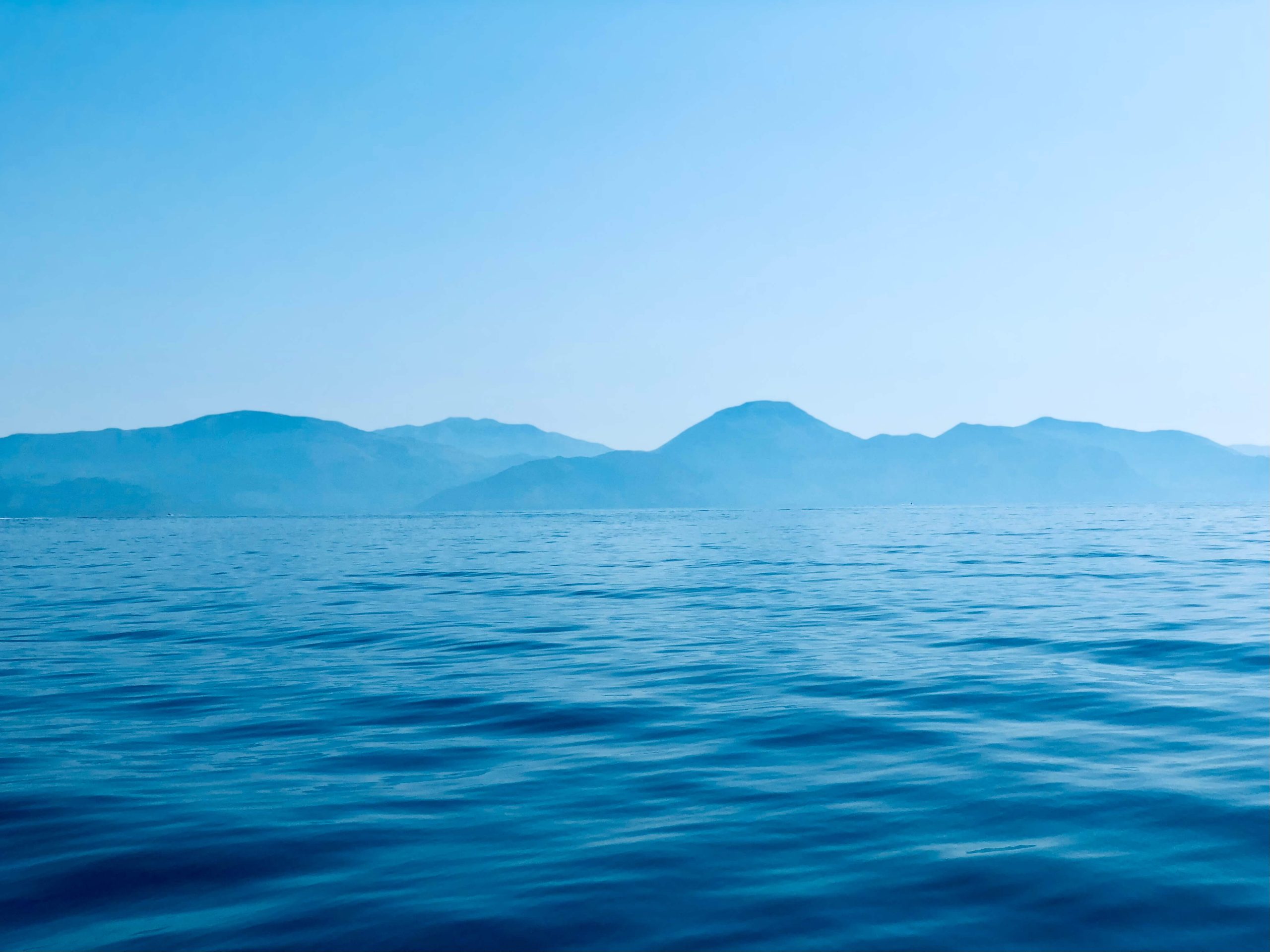
Last month’s newsletter shared the hope that this year’s cold and wet weather in many parts of Europe would eventually turn out favorably. 2021 was also damp and challenged by mildew pressure across Europe until the summer’s long days opened the skies and supercharged the grapes before picking. And while many of our growers in Atlantic-influenced areas of Spain and Portugal struggled to achieve their desired ripeness levels, many continental climate areas were gifted wonderfully fresh, classic wines that rewound the phenolic and structural clock decades. Most of these 2021s are on the market or have already sold. Having visited and talked with over a hundred buyers in California and Illinois in the last few months, the consensus is that 2021 is a smashing overall success with quality, especially white wines.

At the end of June before my early July flight back to California, I visited David Duband at his cellar and he was, at the time, hopeful the summer would arrive and lift the clouds to bring hope. The day before we published our August newsletter, we had a video call to discuss how we could maximize our intake of so many special wines from his domaine’s 2022s and 2023s and his new “natural” and mostly no-sulfite-added range, Les Terres de Philéandre (named after his kids, Philomène and Léandre). What was to be an exciting meeting about the future kicked off with stress and grim news. “It’s shit. It just continues to rain, and it hasn’t stopped raining all year and it’s already August.” David has enviable holdings in the Côte d’Or with six Grand Cru bottlings, nearly a dozen Premier Crus, and all the major village appellations, save Fixin and Marsannay. At the time of that meeting, he believed he’d already lost more than 90% of all his grapes on the Côte d’Or.
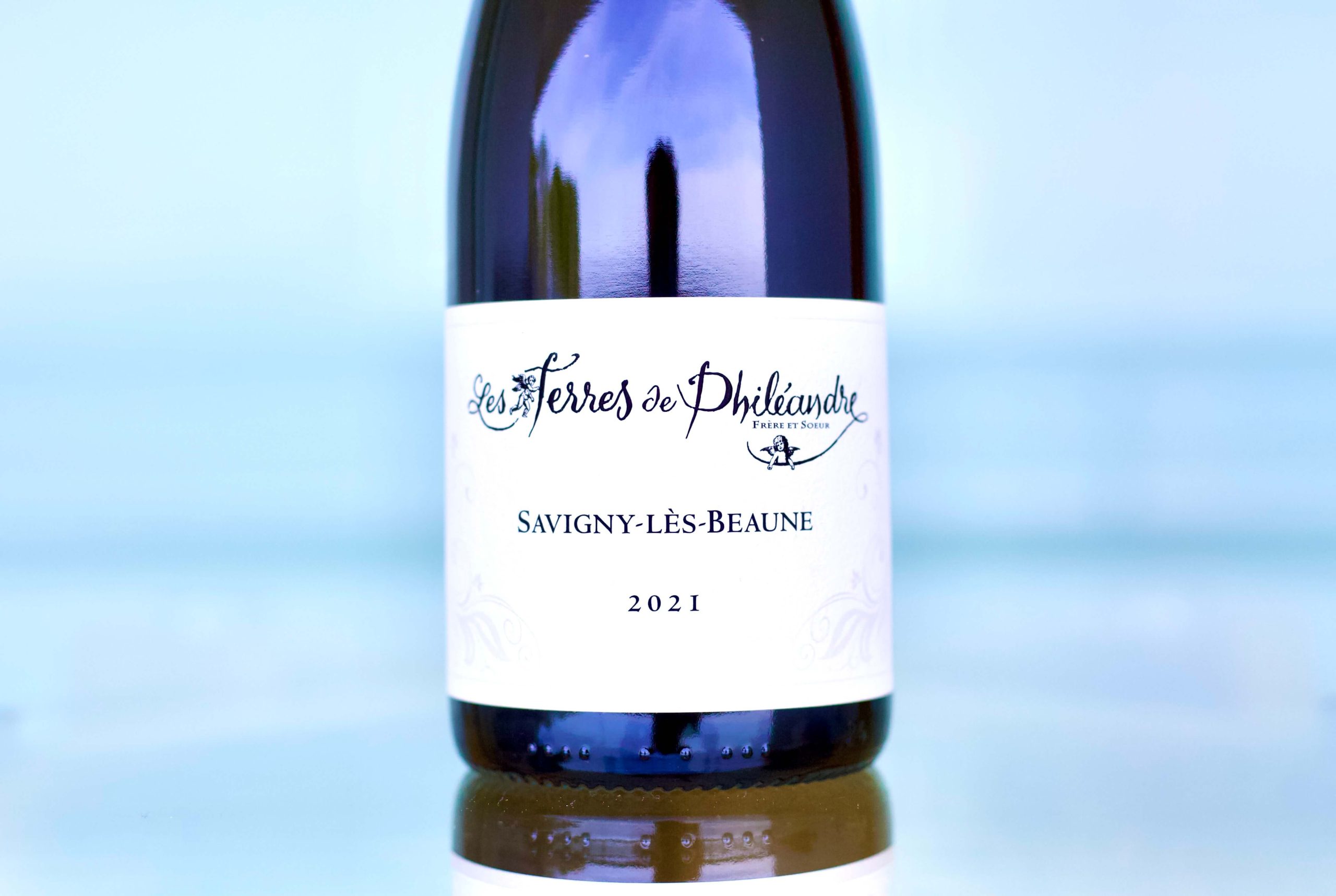
David has been certified in organic viticulture for more than twenty years. Still, many other organic and biodynamic growers I spoke with on my final trips in France, Italy, and Spain before July, he’s not sure if the practice is still sustainable each season. These days, scorching hot years take turns with low-yielding, wet ones, like 2021 and 2024. Due to climate change, the aperture of each season’s rainy and mildew-heavy periods and blistering sunny ones has widened unpredictably, causing greater variability in the bandwidth of weather patterns each year. As I mentioned in last month’s newsletter, many growers continue to be concerned that organic viticulture is no longer tenable every year now, and, unfortunately, David is a new addition to that list, stating, “If next year is like this again, I will have no choice [but to resort to some non-organic certified methods].”
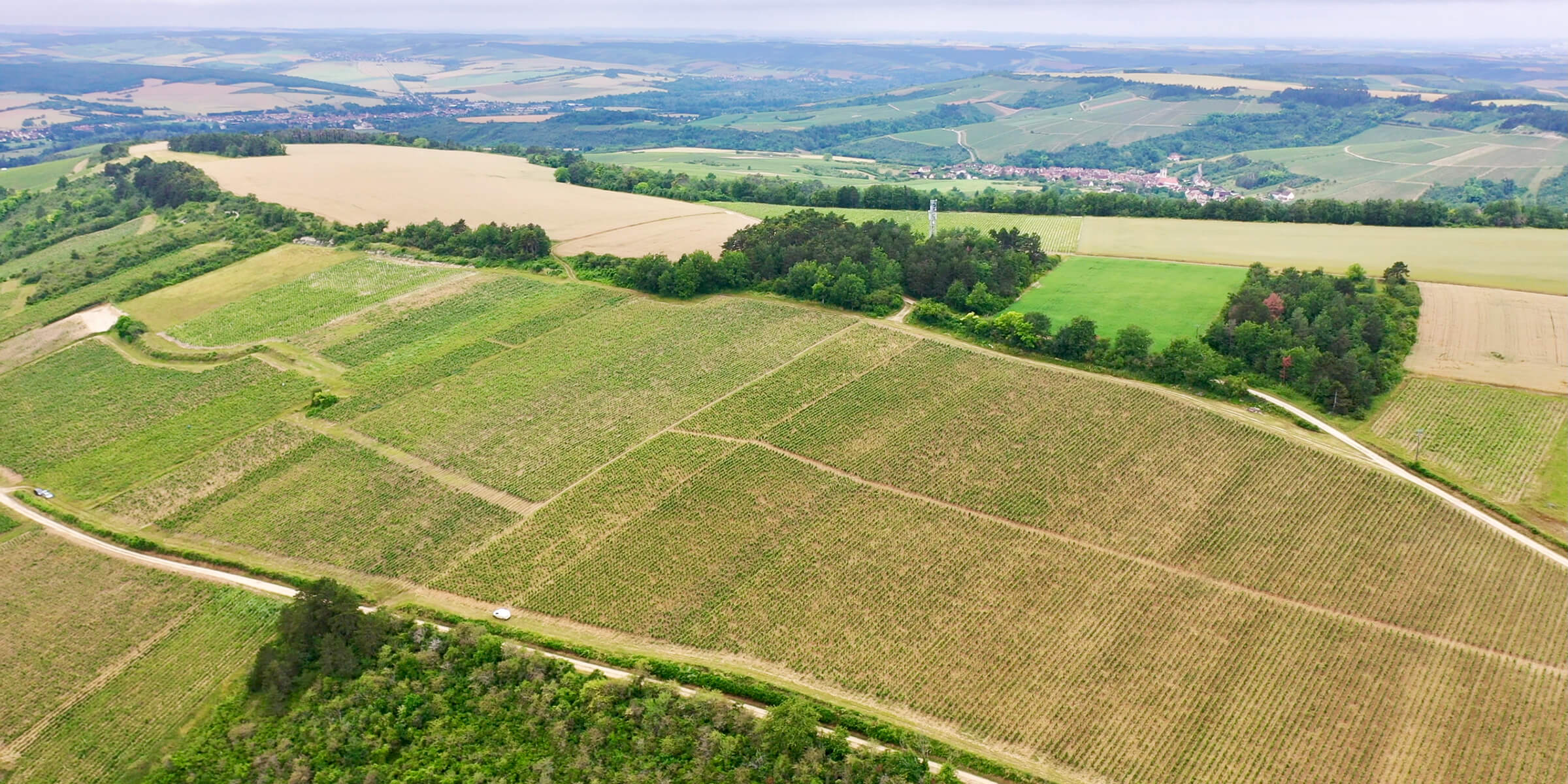
The good news for David is that over the last few decades, he started to insulate himself from what seems to be an inevitable collapse of Burgundy’s hierarchy when he invested in land further to the west of the Côte d’Or in the Hautes-Côtes de Nuits where similar to the Hautes-Côtes de Beaune, much of the land shares the same basic geology (Jurassic limestone bedrock and clay-rich topsoil) but is fresher and less exposed with a lot forest that mitigates some of the extreme heat and cold through shading, moisture regulation, and thermal insulation, among many other benefits, like biodiversity. However, hail may be an increased risk in this backcountry. The Côte d’Or has the forest’s support usually on one side of the slope (the western, upper slope areas), but is otherwise much more exposed to the extremes of climate change as it’s open to the vast Saône Valley. The difference is that the backwater Burgundy areas and the better potential sites (at least for this moment in climate change) are relatively unknown, or undiscovered, compared to the fully dissected and classified Côte d’Or. The Burgundians will have to do this work, but who knows how many generations that will take.
Would any of us give up three-quarters of our annual earnings out of principle when it would put our future at risk in these uncertain times?
As I mentioned in last month’s newsletter, we cannot judge growers who have no choice but to pull the plug on organic and biodynamic practices to maintain financial security. We can’t forget that growers who believe in and truly practice these along with natural viticulture do it because they know it’s a better way to work with nature. But nobody should have to go down with their ship for the sake of ideology. As I also asked in last month’s newsletter, would any of us give up three-quarters of our annual earnings out of principle when it would put our future at risk in these uncertain times?
We don’t yet know what 2024 will deliver across Europe, but by the time this is published, we will have more news as harvest has already started in many places. Hopefully, others will have better fortune than those like David who have lost most of their harvest.

Writing about newly arrived and released wines in our newsletter is speculation based on my experiences of these wines in Europe and I make sure I’m well rested before tasting, and taste over hours, if not days. We work with living wines, and that’s to say that they’re not enologized into a static, microbially sterile state. Like us, our wines move, evolve and have moods: sometimes charming and giving, sometimes stubborn or unfriendly. A wine can be shut down and confusing one day, and another bottle of the same on a different day can be compelling and mind-bending. Unfortunately, many in the wine business (me included) can be harsh and unforgiving critics. Four beautiful wines out of five from a grower, and we rarely forget (and forgive) that one that was off, even from a single taste, or bottle.
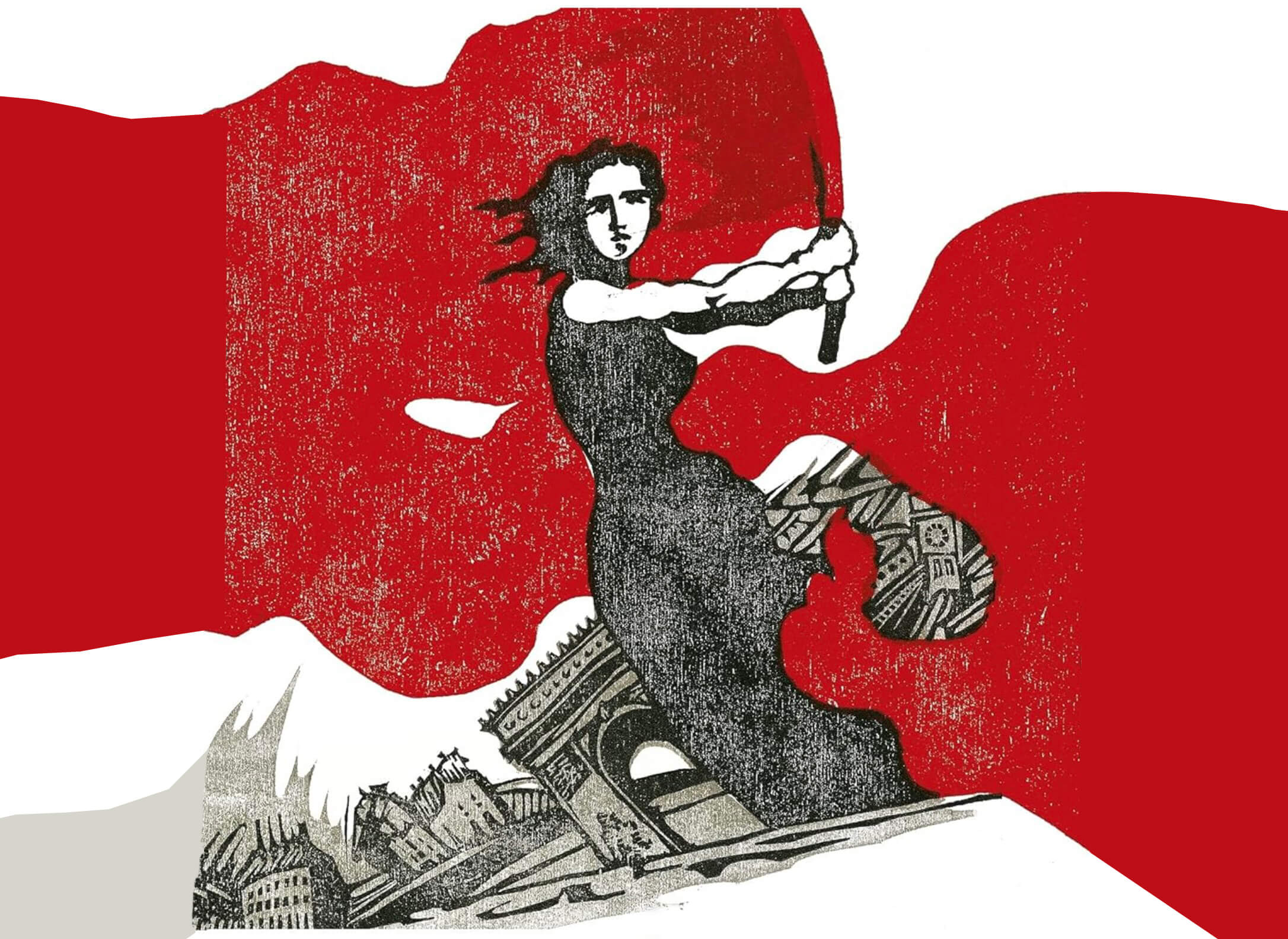
When a wine arrives by boat after a month or more en route, or travels in a car for only a few days, it needs time to regain its footing. Ship shock is as real as bottle shock, and so many times wines that taste glorious in Europe arrive in the States jostled and off balance for months, sometimes even a year. Because we can’t make a first impression with our clients twice, we almost always try to give new vintage releases at least a full month of recovery in our warehouse before we present them. With about 700 wines imported yearly, we can’t taste everyone on them twice! All it takes is one unready bottle to turn a buyer off until the release of the next vintage. But that same wine can go from introversion to complete extroversion in four months. People don’t forget wines that strike them the wrong way, especially when expectations are high based on experiences with previous vintages.
I often hear that a newly arrived vintage isn’t as good as the previous one. This depends on things like that year’s overall quality, but it likely depends more on the advantages or disadvantages of time. If the previous vintage is tasted close to the time of the newer release, last year’s release has the advantage of both more time in bottle and more time stateside after arrival. Wines tend to be more resilient than we expect, especially those crafted by a disciplined grower with experience and a quality track record, but one of the ever-present obstacles is that small growers, like the vast majority we represent, don’t have the financial means to hold wines until they are in their best first moments after bottling. They need to sell them as soon as possible. As students and observers of wine’s nature, we must always give bottles more time and revisit them further down the road. We should resist jumping to and maintaining conclusions without a second-tasting opportunity, which presupposes that living wine is static, without the potential to evolve, improve, and find its shining moment.
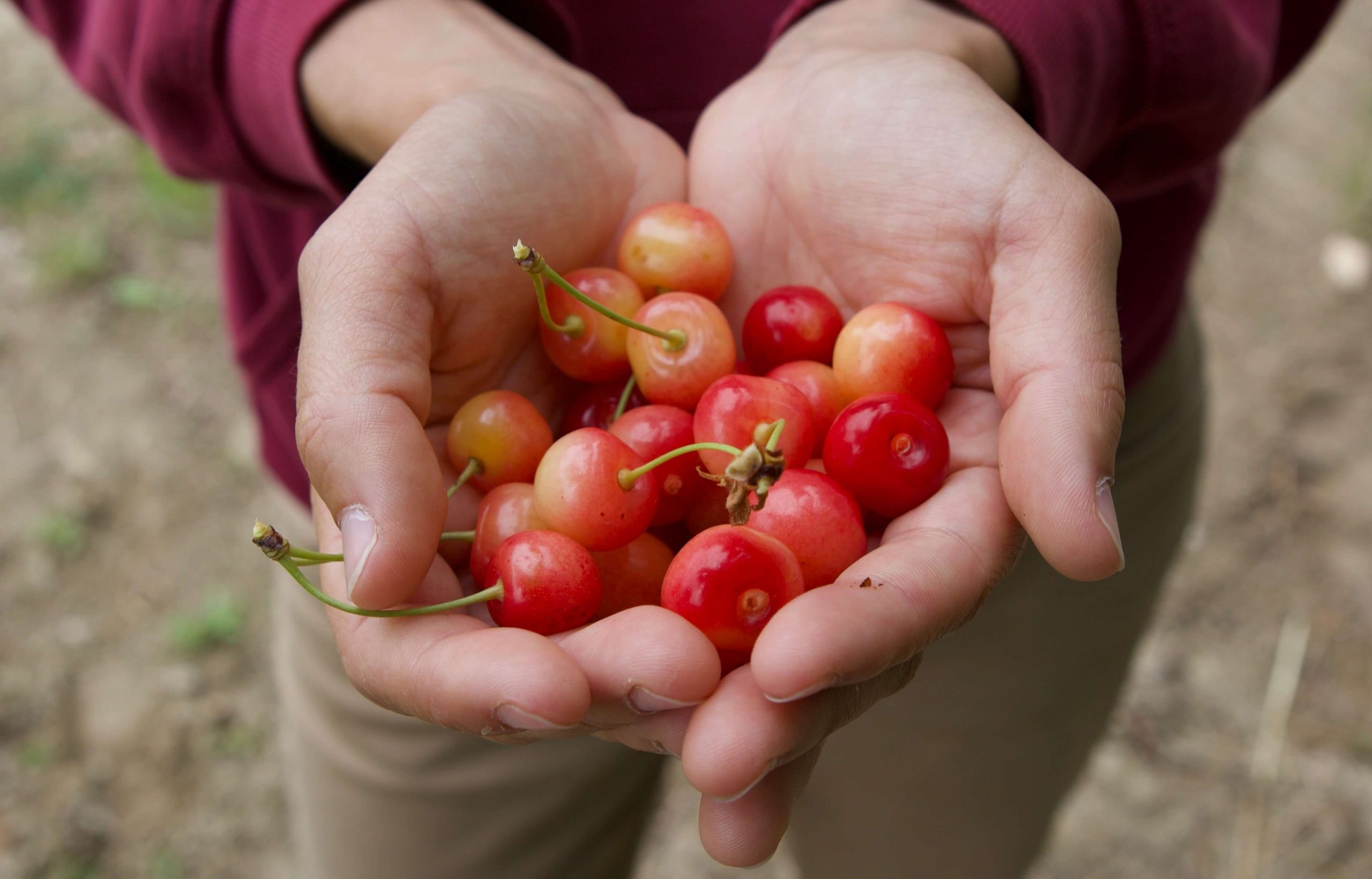

Since I got to California at the beginning of July, I’ve feverishly tried to catch up on how our wines are tasting here in the States compared to my experiences at the cellar and well-rested bottles in Europe. Those that had just come off the boat were notably short and tight in their first weeks compared to almost all my experiences back home. A few weeks later they’re now starting to sing, and those that hit their expected marks will be covered further in this newsletter. But it’s the wines that have been in our inventory for some time that are, not surprisingly, on fire. During my time on the road through California, sorting through some wine I wanted to taste in our warehouse cellar, and at several tasting events between California’s main markets and Chicago, I found many wines at the peak of their powers at this young age. Cherry-picking anyone’s portfolio of wines is really about timing, and I’ll help with that here.
There’s also the other side of the coin. For example, the red wine I wanted to drink the most before I arrived from Europe was from our new grower, Domaine Les Infiltrés, and their Saumur Puy-Notre-Dame. This extremely seductive wine has me hooked but none of the four bottles I had in California in July expressed that same level of magic. Everything was tight and the reduction on the nose was unshakable. In mid-July I tasted another bottle and it began to sing that familiar and obsessive tune. On the Friday before Labor Day Weekend, I took a bottle around the Ojai Valley and Ventura to see if it continued to improve, which it did. However, we must wait for its full return to glory, and I’m sure it will soon.
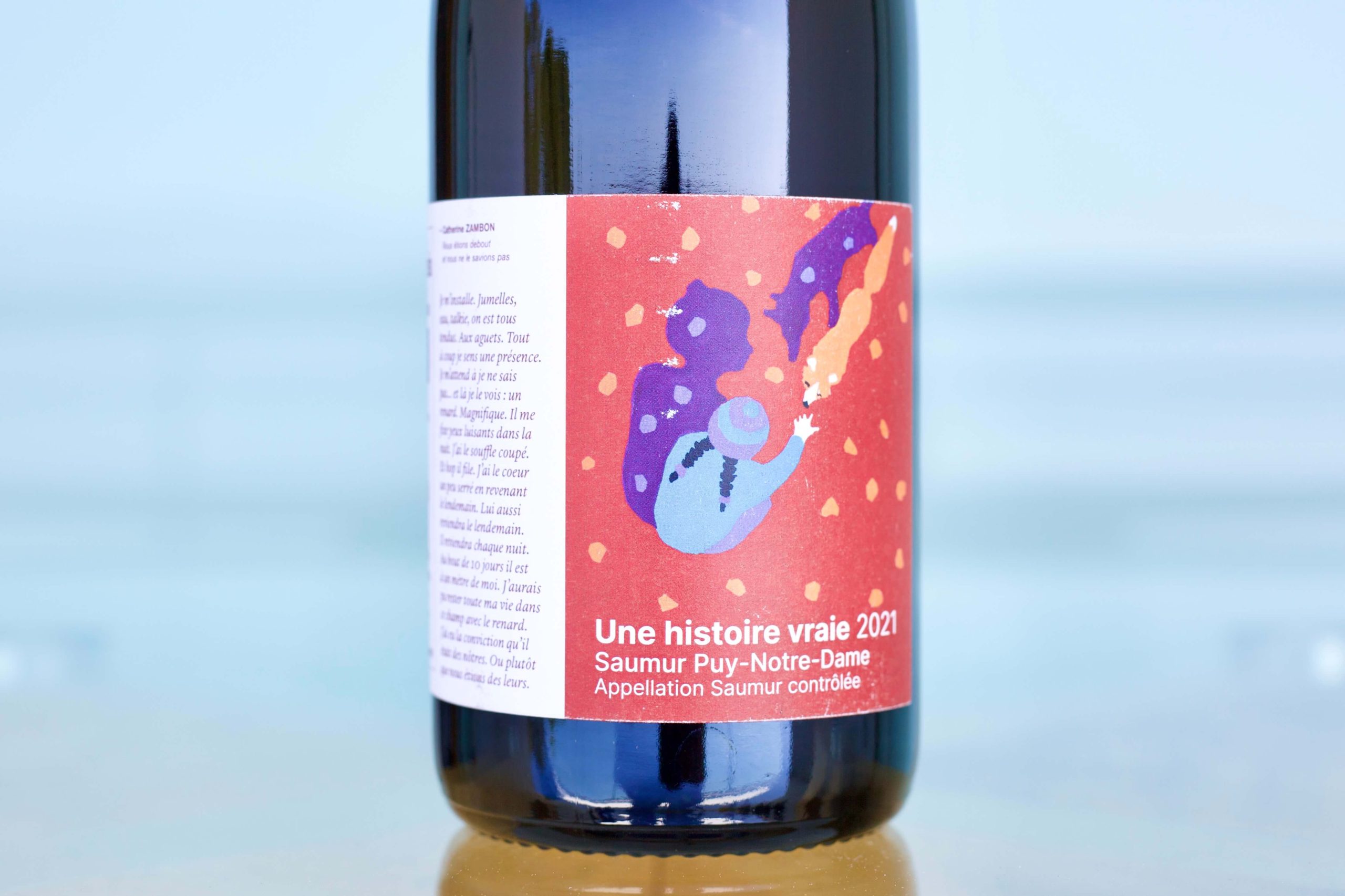
Because we’ll be receiving an immense quantity of wines in October and November but not much in September, I’ve decided to share what I think are some of the best-drinking wines I’ve tasted over the last two months that are still in our inventory. Over the last year and a half, budgets on all sides have been tight and many of our best weren’t tasted with customers as far and wide as usual, leaving some untouched ground with many.
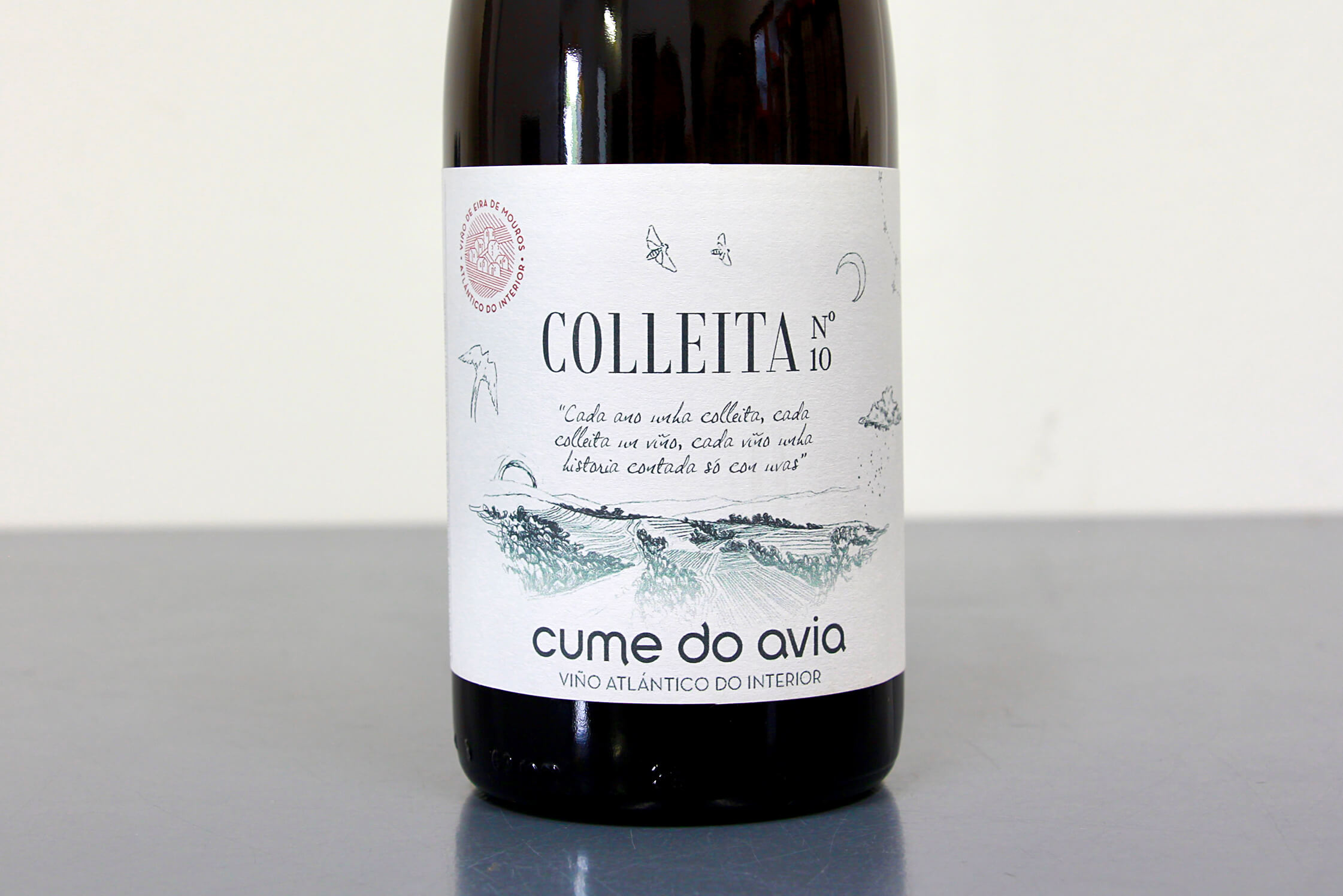

We’ll start our list of recently released arrivals with the new vintage from Ribeiro’s Cume do Avia. While I’m obsessed with Cume do Avia’s wines, their style isn’t for everyone in every vintage. However, the 2022s will capture a much wider audience because of their joyful nature and immediate accessibility. The cold and wet 2021 season produced wines with tension and less body for an already racy, high-toned style. The 2022s hit the sweet spot on all wines, white and red, with the 2022 Colleita 10 Blanco surely the best of this label ever bottled and a strong consideration for those who miss the acidic snap and mineral depth of Sancerre and Chablis in these warmer times. I tasted it out of vat last March, along with the 2022 Dos Canotos Blanco, and they were stunning. Their bottling date was set for July and I asked why. “Why wait? It’s perfect now! Bottle it yesterday!” Two weeks later it was in bottle, and those extra months in glass instead of steel paid dividends. 2022 is a marriage between the best qualities of electric Rías Baixas Val do Salnés Albariño and the unmistakable delicacy of pastoral flowers, fresh leafy herbs and white fruit of Treixadura. The charm meter is as high as I’ve seen on their whites, yet they remain packed with regional terroir dialect and the fresh saltiness of the Atlantic.
2022 was warmer and more balanced than 2021, and the reds also greatly benefitted from this warmth. The 2022 Colleita 10 Tinto is the colleita we’ve been waiting for. It has much more upfront pleasure than last year’s Colleita 9 (they don’t use vintage dates, only “harvests”), and was immediately showy even after a week off the boat. As I write this portion of this newsletter in Los Angeles after 12 days and 12 different bottles, it’s simply stunning. The Atlantic-influenced red fruit from my two favorite Galician red grapes, Caíño Longo (more than 50% of the blend) and Brancellao, and their darker cousin, Sousón, are a brilliant trio, and this version will continue to add even more flesh in the coming months. The delicate nature and pale, almost completely transparent 2022 Brancellao would be the envy of the likes of Frédéric Mugnier. Its extremely light color looks as though it should taste like nothing and then it bursts on the nose and palate with sublime and fine red flower and fruit notes tightened by the unmistakable minerally texture and nose of these vines grown on igneous and metamorphic bedrock. Don’t miss these 2022s from Cume do Avia. They are a striking realization of what these humble dreamers intended to achieve.
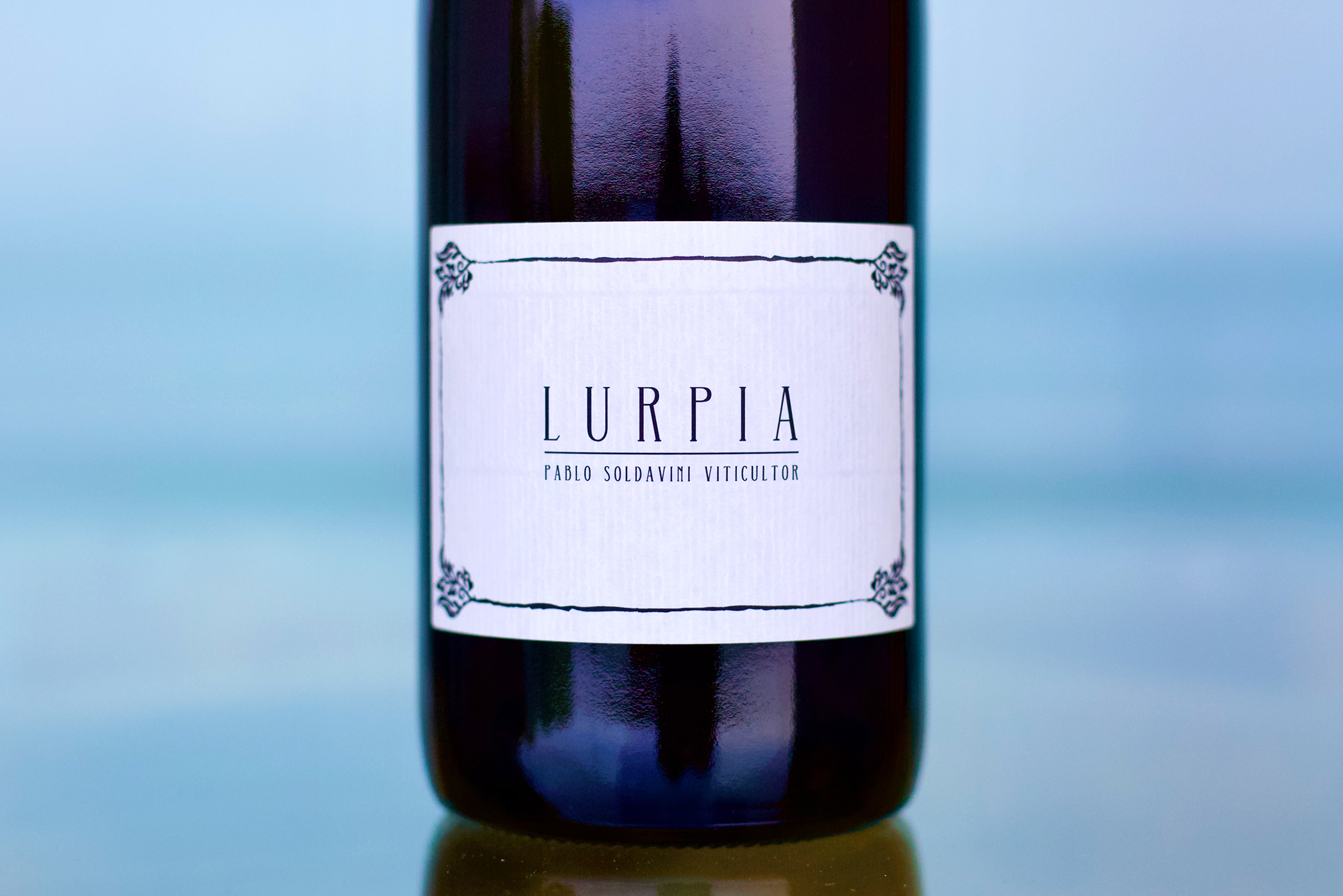
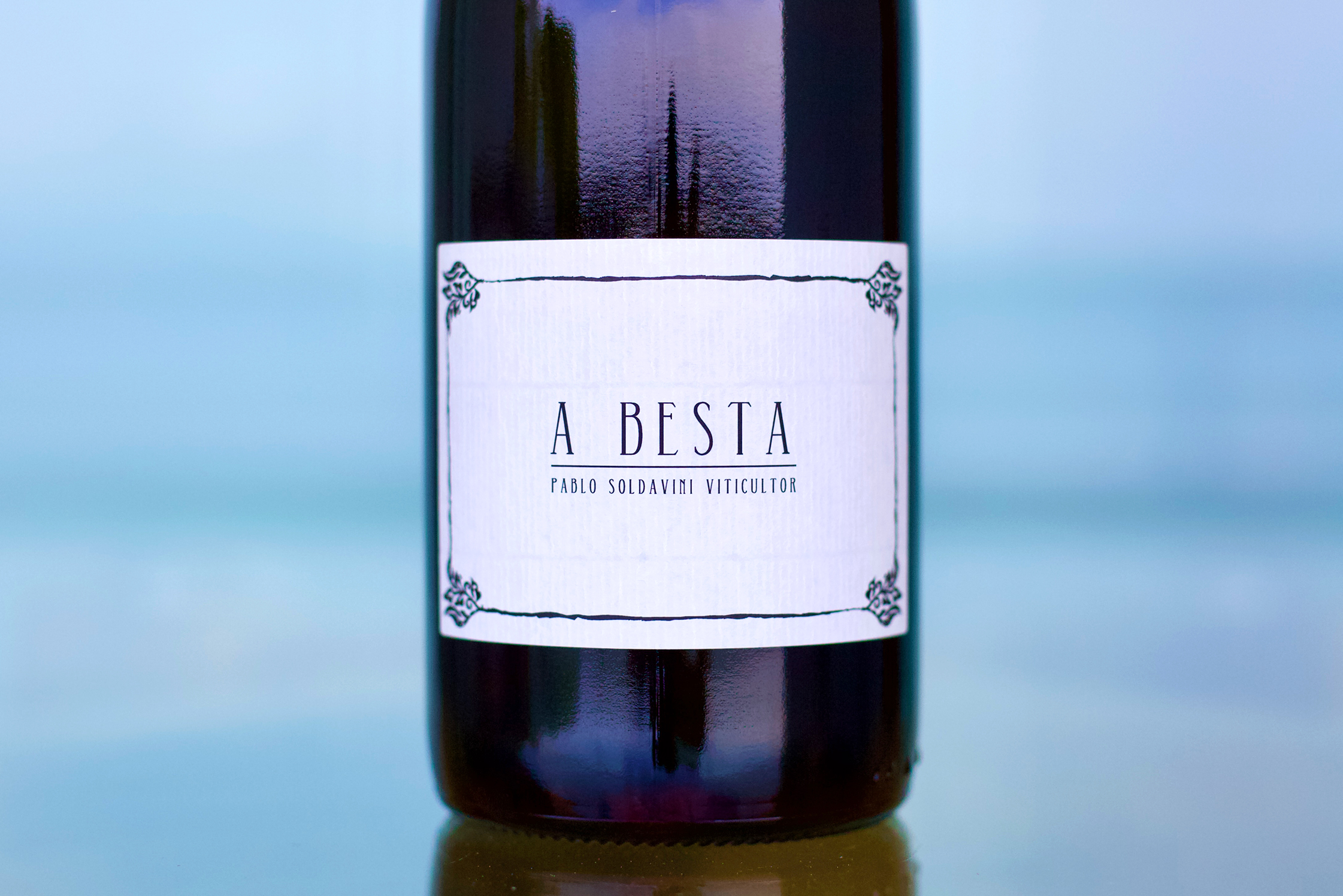
A few new head-spinning Ribeira Sacra bottlings from Argentine Pablo Soldavini landed and made a solid impression. Lurpia and A Besta are made with some of the same red grapes as Cume do Avia and are equally elegant but fuller. Harvested entirely from the Quiroga Bibei subzone of the Ribeira Sacra D.O. (though electively not bearing the appellation name), this region combines more continental influence than Atlantic compared to the further west Galician regions, Ribeiro and Rías Baixas, as well as those further west and north Ribeira Sacra subzones. This, in addition to the gentler slope of these vineyards compared to the celebrated and vertigo-inducing terraces in the famous pictures of Ribeira Sacra imparts a plusher, fuller character.
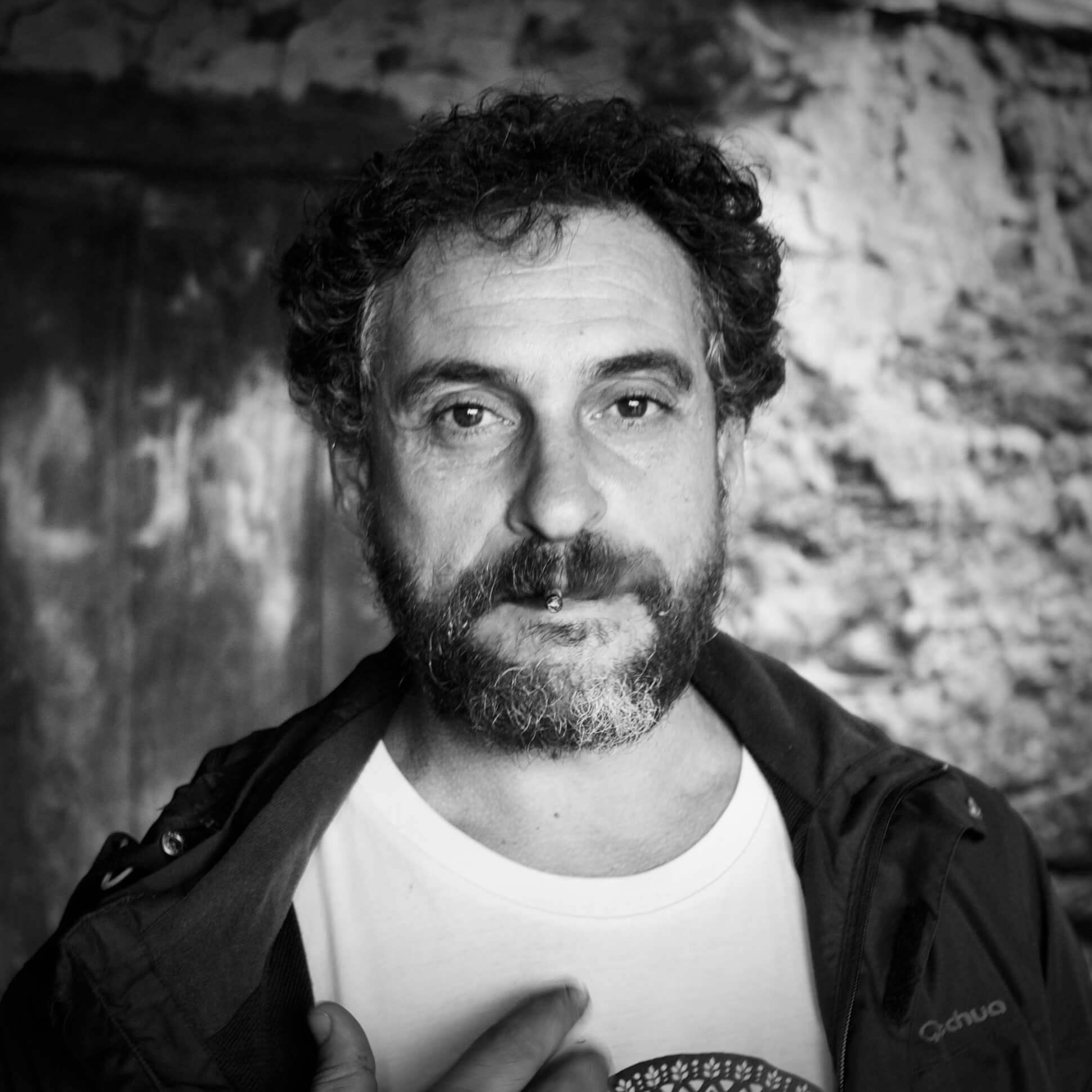
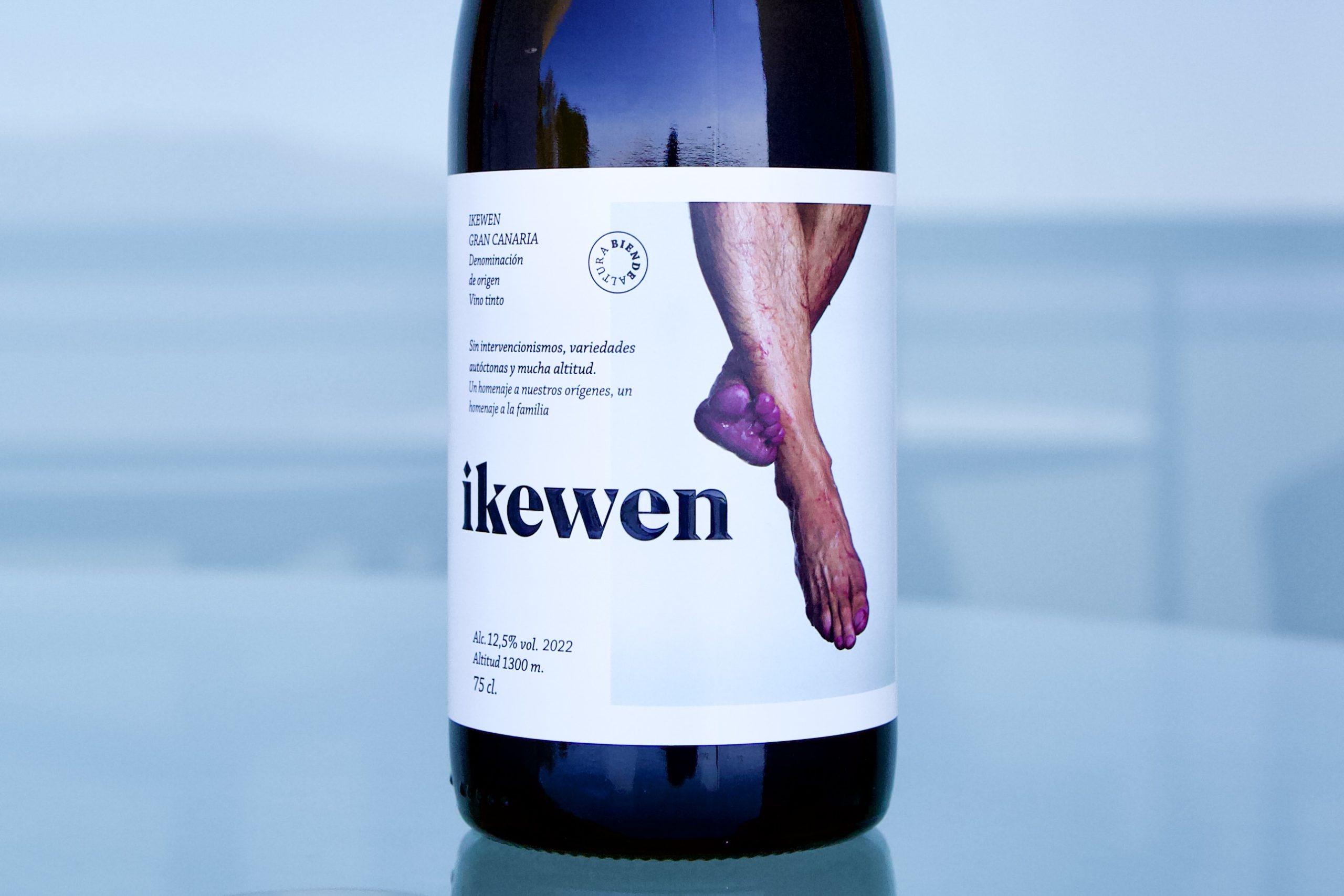
We finally dug into Carmelo Peña Santana’s Bien de Altura range, and they knocked it out of the park. Only four weeks after their arrival, Carmelo’s flagship, the 2022 Ikewen, a blend of seven different parcels, and perhaps the most well-rounded wine of the range, was unstoppable from the first to last tastes. 2021 El3mento (the only non-2022 in this offering) showed Carmelo’s touch for refinement and perfection of craft for an unmoved, eight-month, whole-cluster, amphora-aged, pure Listán Negro harvested from a plot above 1300 meters. And the extremely limited 2022 Tidao, with its blend of ancient vines, seduced all comers. Every wine climbed further each hour through our sales day, and these wines will continue to flesh out but are already singing Carmelo’s soul music.
What a thrill to work with this level of talent! (Vineyard picture taken in a parcel of Ikewen with the two single-site wines, El3mento on the left, and Sansofi on the right, and Carmelo in the dirt.)
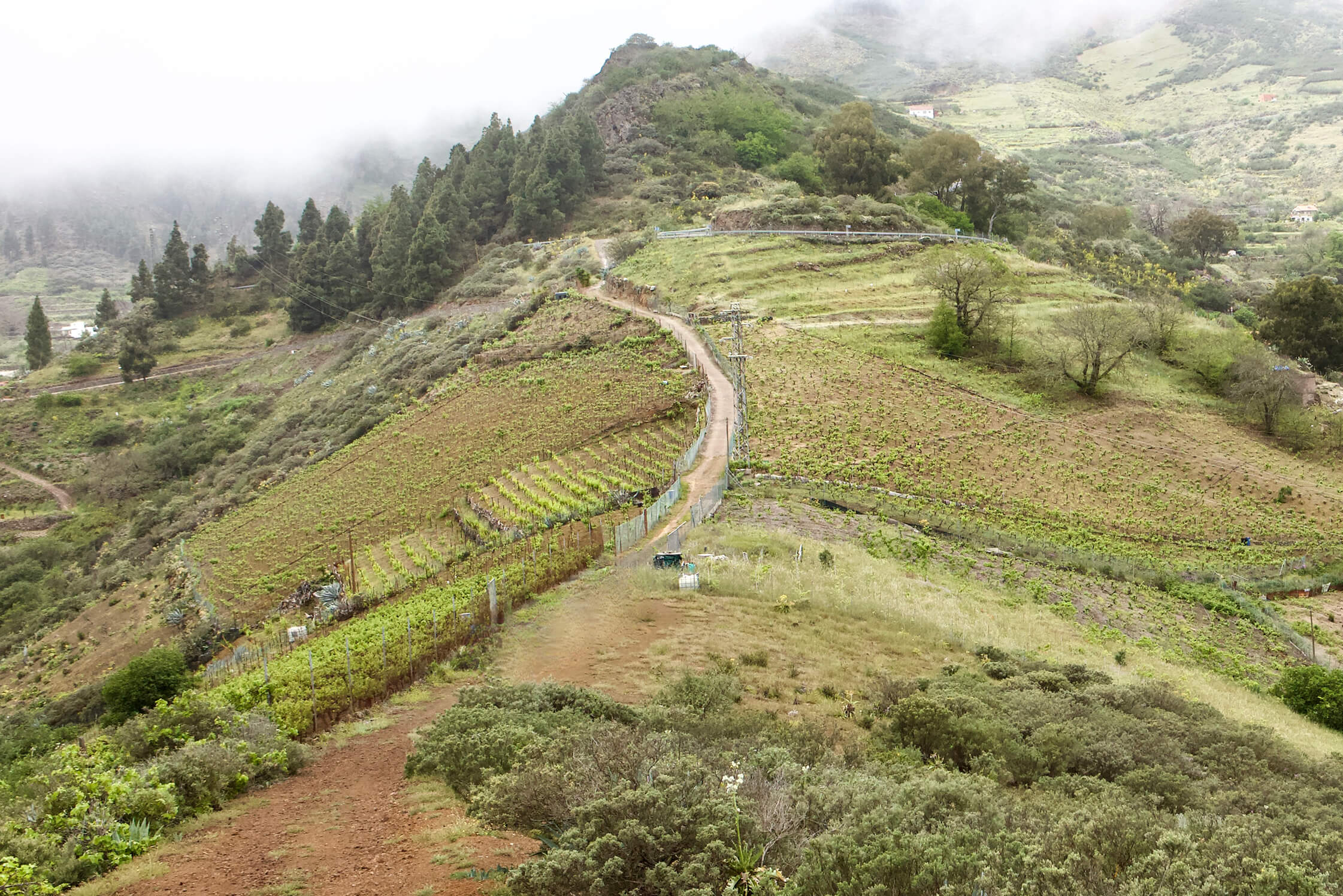
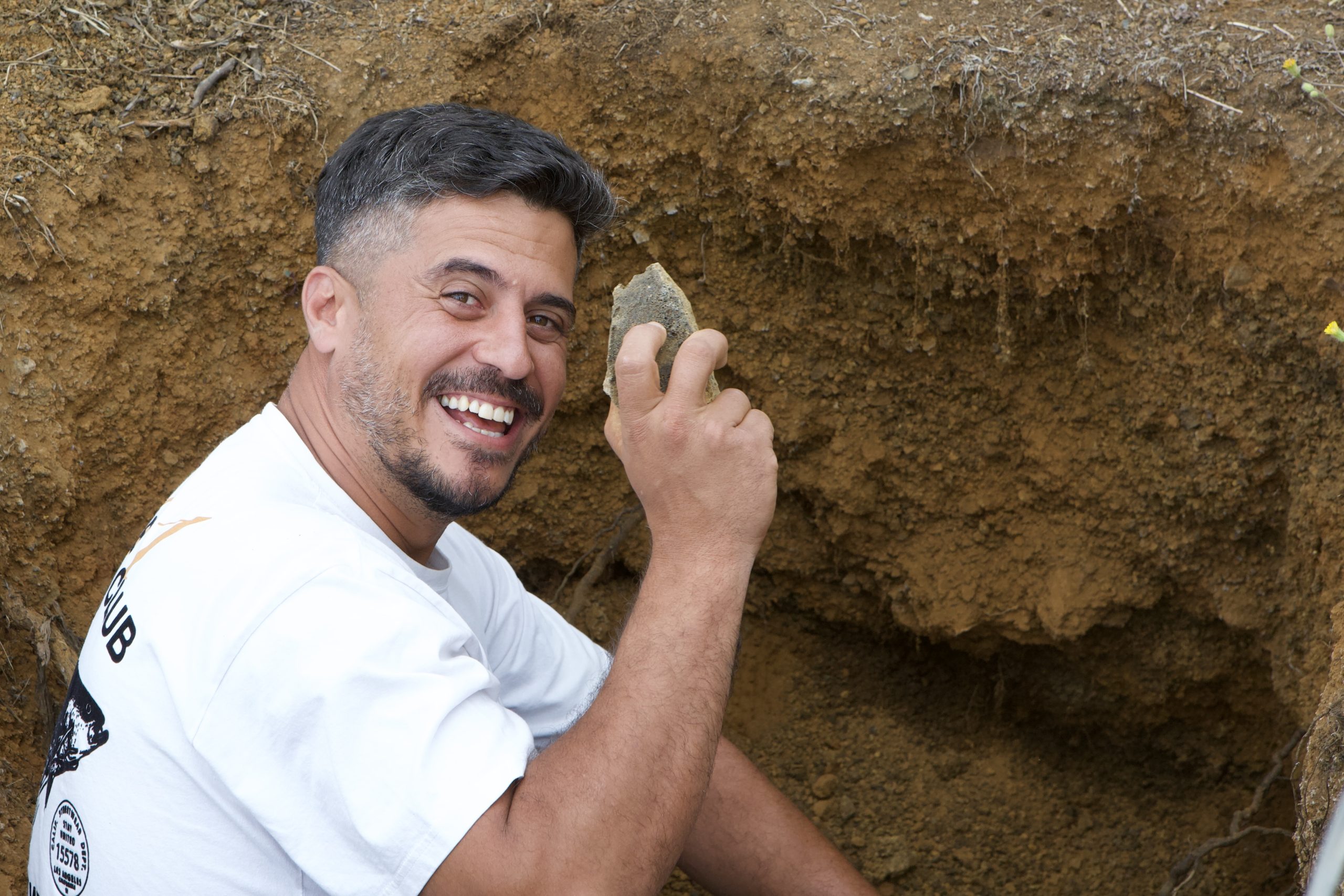
Jumping from one volcanic island and Carmelo to another, are the wines of Carmelo Sofia (pictured on the right in the front and his father, Giocchino), from Azienda Agricola Sofia. By contrast to the three Spanish growers’ wines, Sofia’s were stateside for more than two months before we showed them, and they were at the peak of their powers. Both the 2022 Etna Rosso “Giocchino” and 2019 Etna Rosso “Piano dei Daini” came out in full swing and we sold almost half of our initial order of Giocchino in San Francisco on the first day of shopping it around. Giocchino, a red-fruited and competitively priced Etna Rosso is the charmer, and may only be matched in price and quality with our very own Etna Barrus. After our first day with Giocchino, we secured another pallet that will arrive before the end of the year. Piano dei Daini is more serious than the fully extroverted and friendly Giocchino, and carries greater depth but without expense to its similarly generous and convivial nature. The 2019 Piano dei Daini is the second vintage for Carmelo, but it has the maturity of a vineyard and cellar hand who worked, as Carmelo did, for a decade with Vini Franchetti’s Passopisciaro. This is another not to miss!
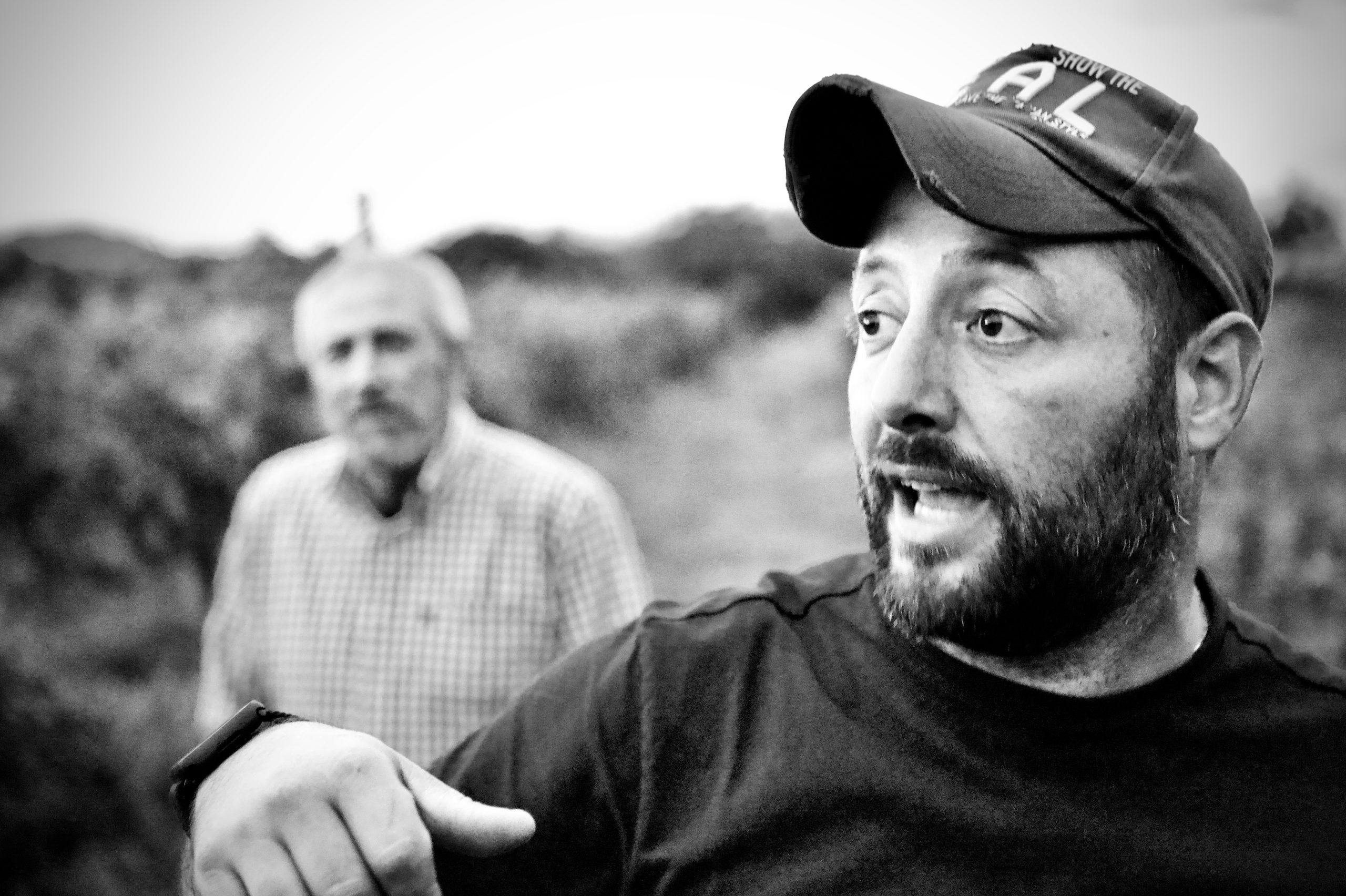
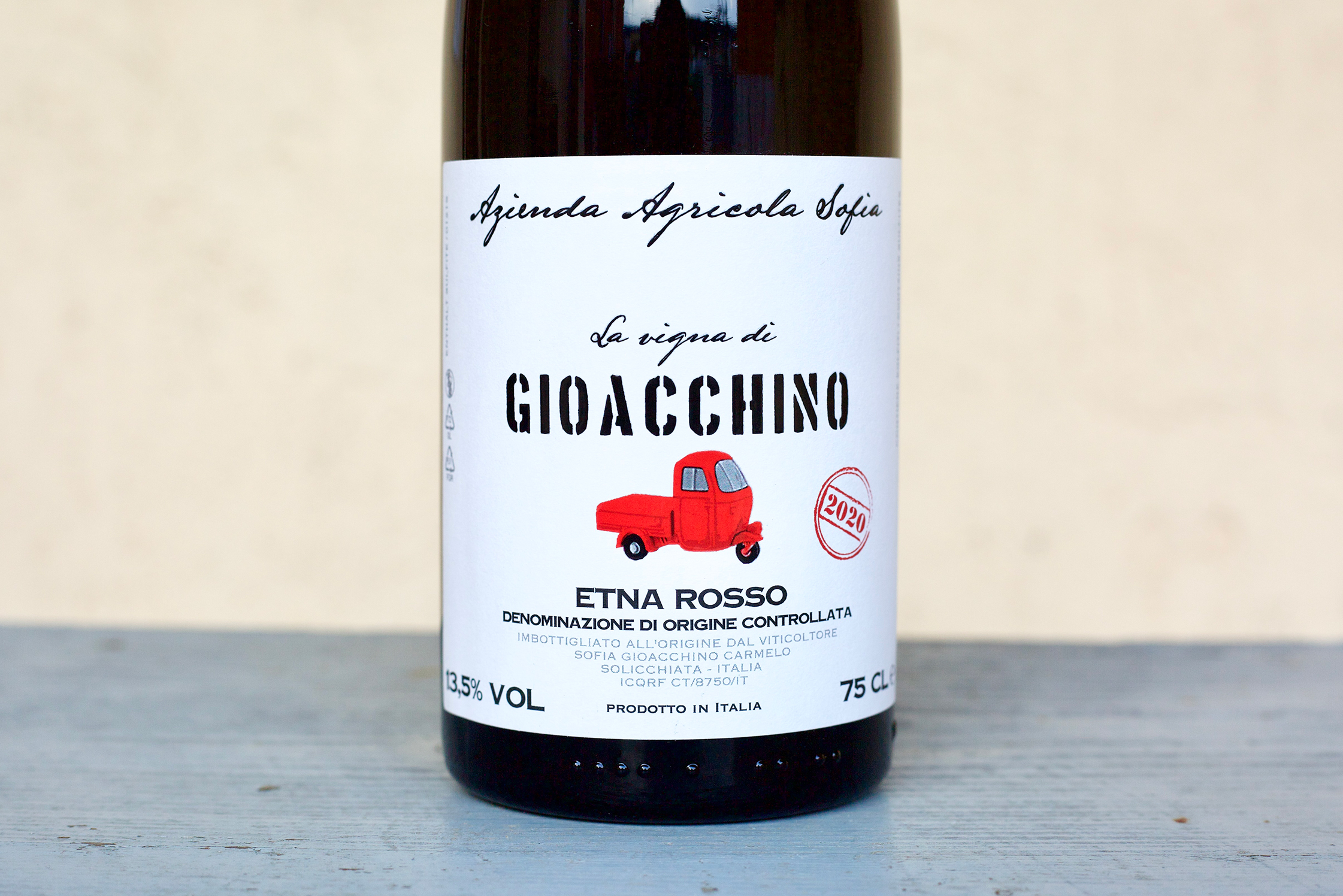

Now it’s time to cherry-pick our portfolio and I’ll focus on a few individual wines that are as mesmerizing as ever, and still available. Please note this list is not some sort of clearance attempt, but one for those that shocked me with how wonderfully they are tasting now and just happen to be still hanging around our warehouse. Most of the wines that made this list came in over the last year and a half during a difficult economy that we launched in California during the very long film industry strikes that tested many restaurants’ financial stability and, unfortunately, put some out of business.

Few white wines can outplay Riesling in the summer heat. I had the pleasure of again tasting Katharina Wechsler’s 2020 & 2021 Kirchspiel & Morstein crus on several occasions recently. They’re fire right now, with perhaps the 2020s a little showier, despite the high octane of the piercing 2021s. The unique marriage of Riesling to limestone from this region seems to find the palate of a broader audience than most dry German Rieslings grown on slate and other formations. Despite the acidic freshness, this bedrock and soil type seems to impart less hard yet still clear and precise lines than those on igneous and metamorphic bedrock in places like the Mosel and Nahe. Though it’s hard to pick a favorite, Kirchspiel’s more extroverted character makes it good for a group, while Morstein is best enjoyed over hours with fewer friends. With the stratospheric rise of “Grand Cru” vineyards in this region due to the viticulture, cellar and market work of the local luminaries, Philip Wittmann and Klaus-Peter Keller, the names Morstein and Kirchspiel should immediately evoke interest. Katharina has fully embraced organic farming for years and her wines stack reason after reason to get behind this first-generation winegrower making all the right moves with Germany’s top dry Riesling vineyards.
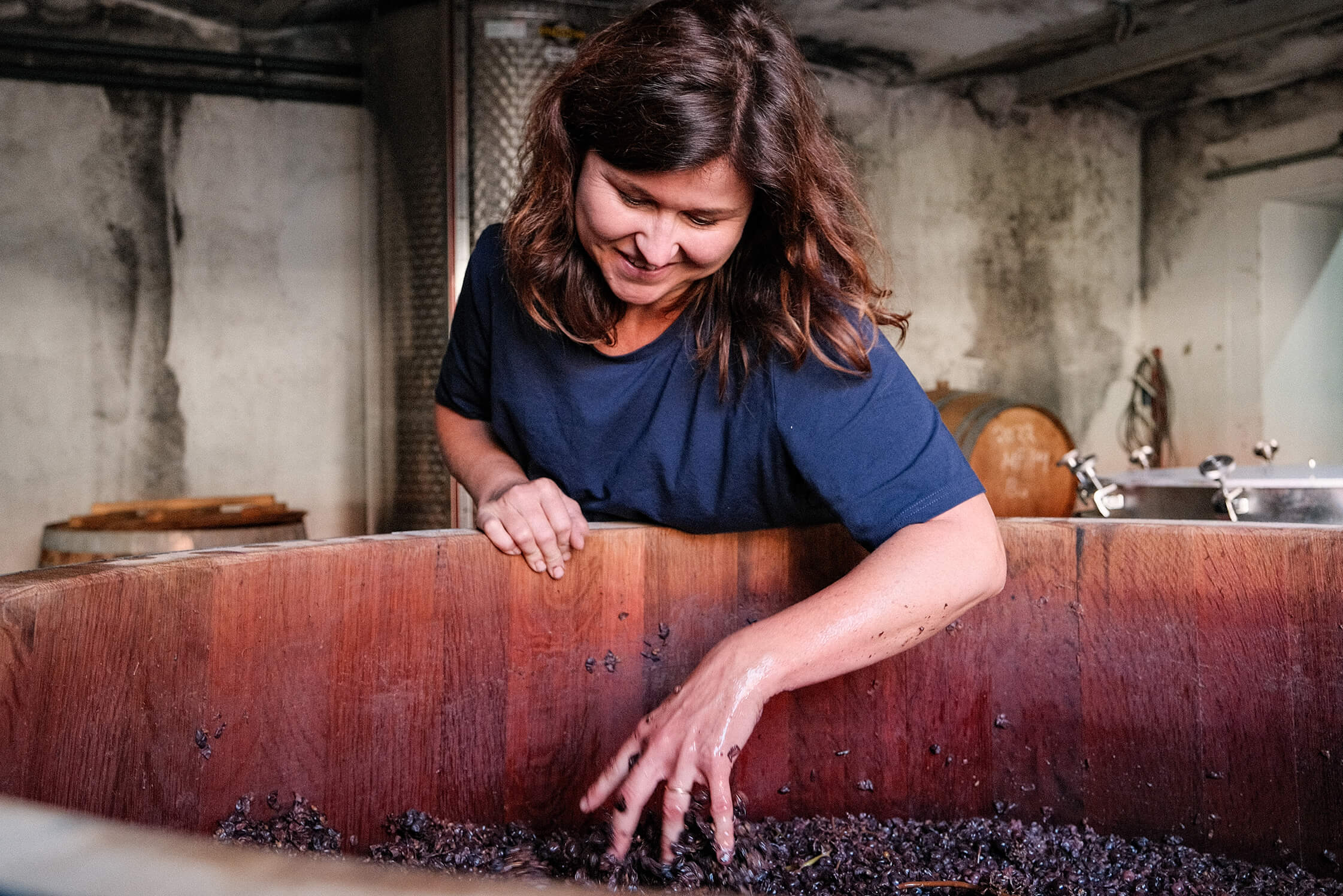
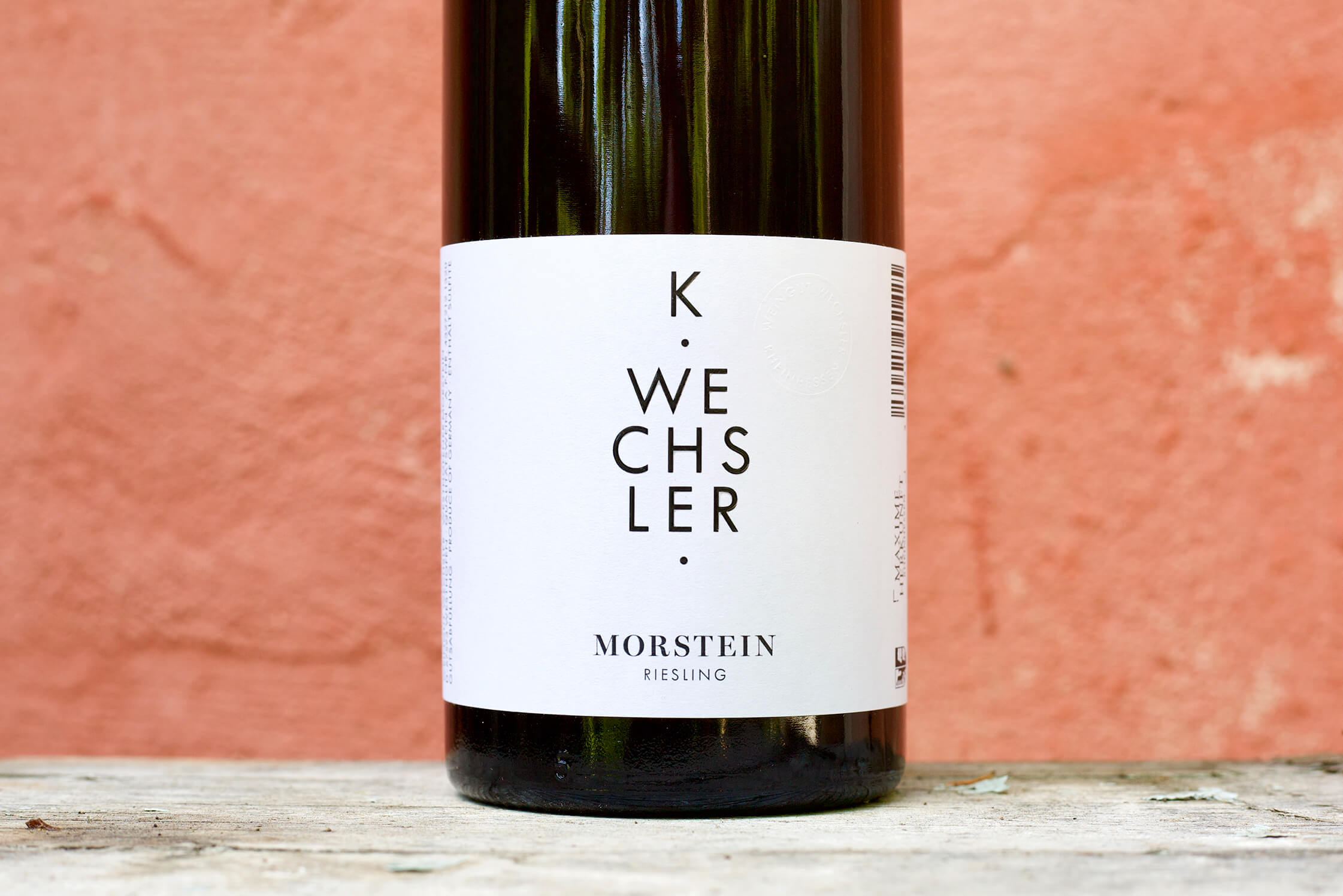
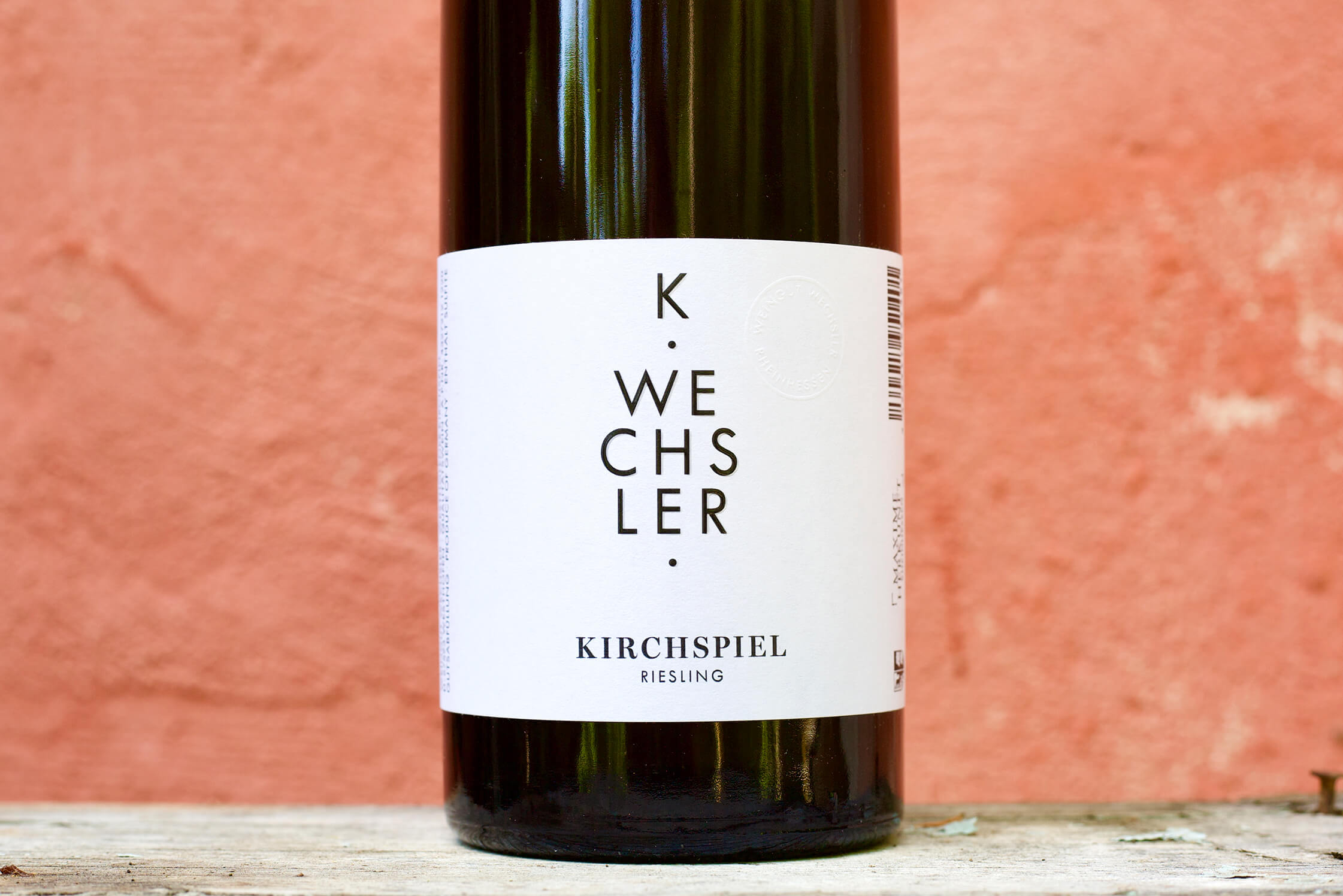
Kremstal’s Michael Malat continues to hit the mark each year, but vintages like 2019 and 2021 are exceptional, for him and his peers. We took a position on Michael’s 2019s because we know they’ll be great for a long time. We showed some 2019 Rieslings and the that used to be the most reserved upon release was the star-of-the-show. 2019 Riesling Silberbichl is in a perfect place and a virtual guarantee to satisfy anyone interested in great white wine, even those with a tentative acceptance of dry Rieslings. As I tasted it in each account, which I normally do when I show wines, my mouth tingled and flooded; it’s simply spectacular, with so much joy and pleasure.
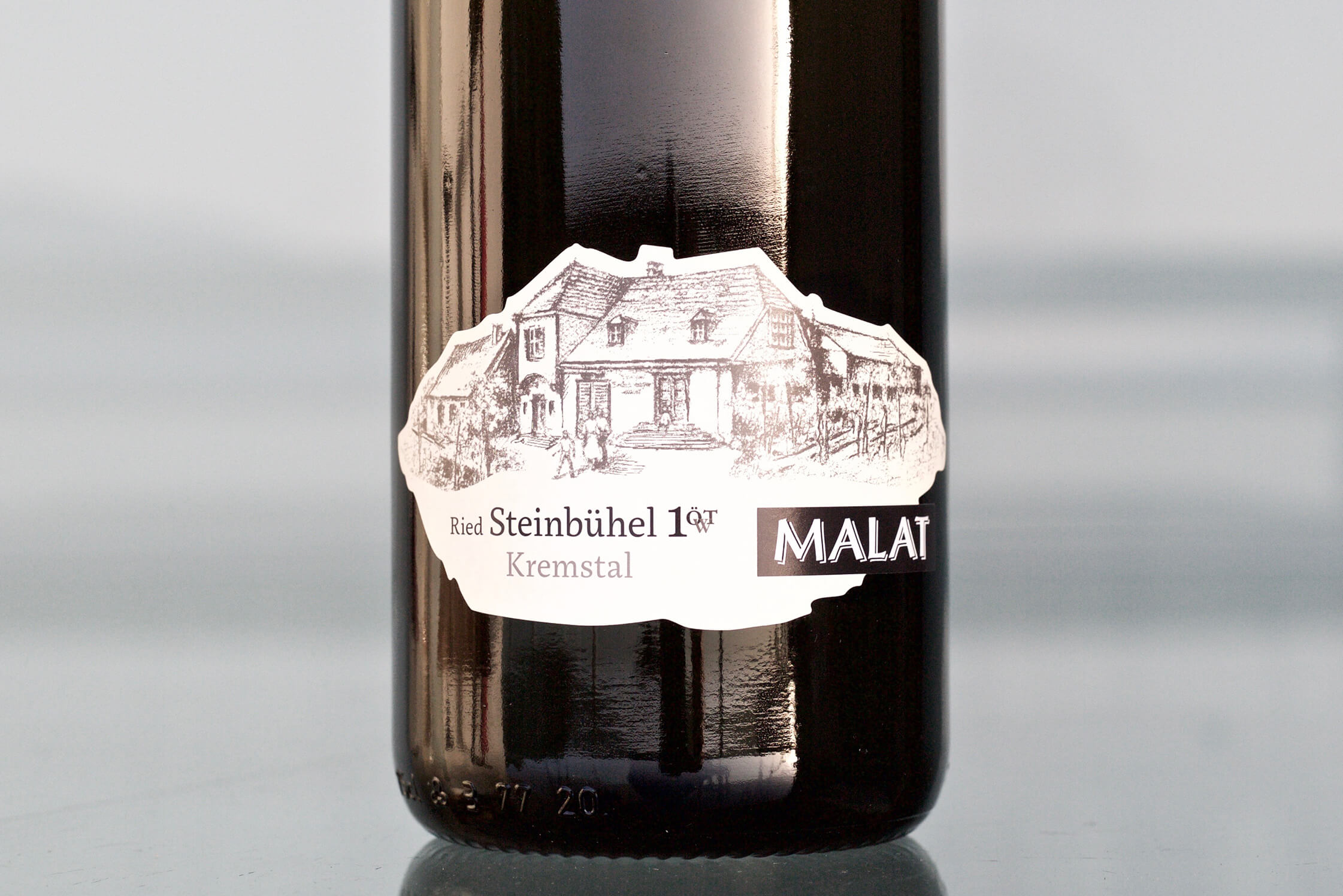
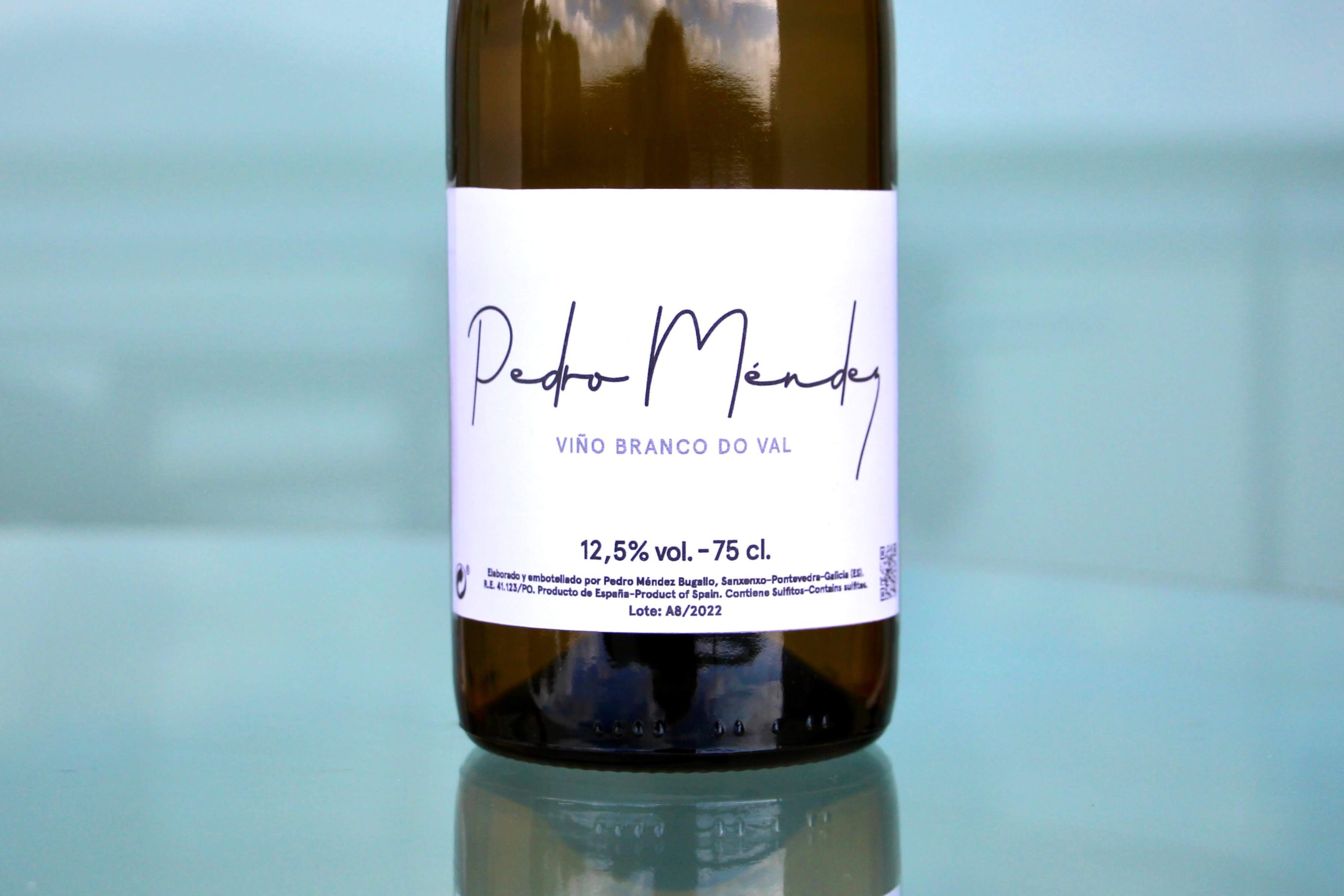
Those who have already tasted and are pouring Pedro Mendez’s 2022 Albariño by the glass know it’s outrageous and stunning to all comers. Every year I drink most of Rías Baixas’ top-grower Albariños from the Val do Salnés, and this is the most head-turning “entry-level” 2022 I’ve had from the vintage, bar none. What seems an almost impossible mountain to climb, it’s even a match for the more subtle but striking Manuel Moldes 2022 Afelio. (Manuel’s 2023 just arrived.) We don’t have much more of the 2022, so don’t sit on your hands. I have yet to taste Pedro’s 2023 out of the finished bottle (though tasted from vat) but I expect big things after this breakthrough wine.
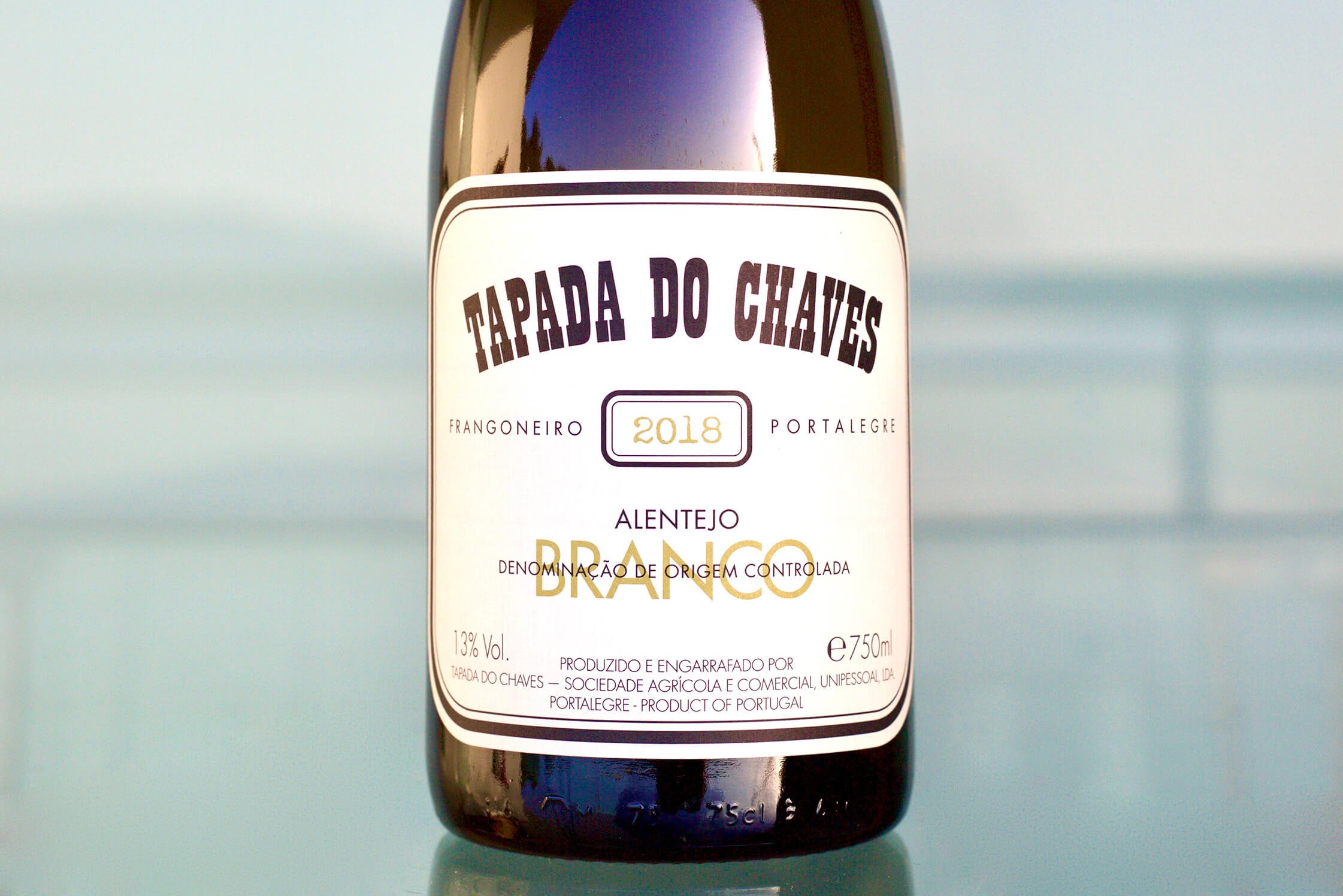
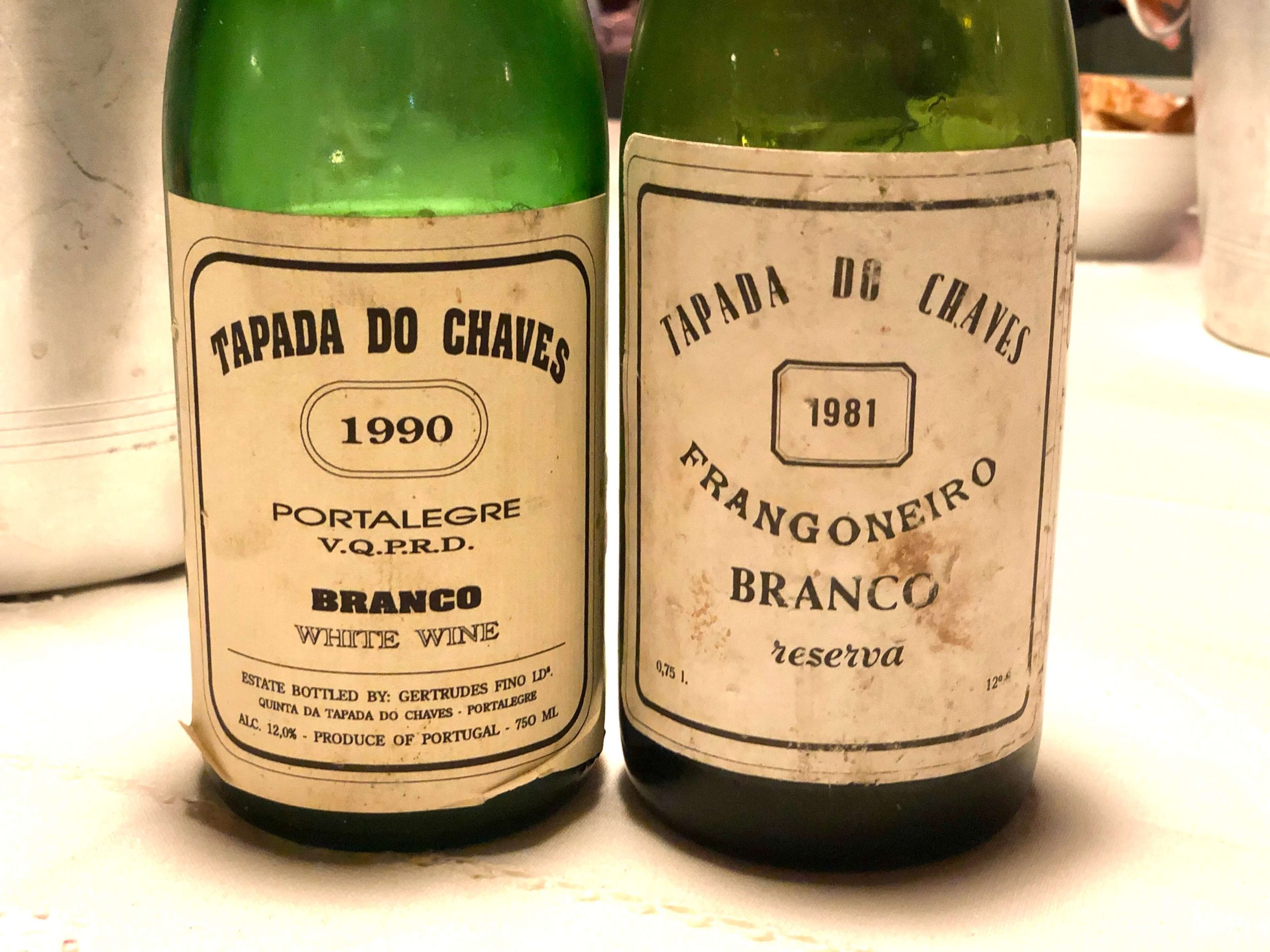
Wines that continually baffle and seduce almost everyone who tastes them are those of Alentejo’s Tapada do Chaves. This is one of Portugal’s most important historical wineries that survived the Salazar dictatorship which converted much of the vineyards of Alentejo to other crops and redirected the country’s focus on wine elsewhere. In 1901 and 1903, Senhor Chaves planted vines on the top of a unique granite massif at 400 meters, dating to Pangean times. Here, the now biodynamically run vineyards and winery house some of Portugal’s largest collection of massale selections that they only allow to be propagated inside their vineyards on this massif. Both wines, the Alentejo Branco Vinhas Velhas, the remaining ancient vines of the original plantation of whites in 1903, and its descendant vines replanted some forty years ago that go in the Alentejo Branco, left us all in awe. I’ve had so many of these white wines from the 1980s and 1990s bottled before the sale of the vineyards to a sparkling wine company some two decades ago and they are epic and timeless, even if some of the bottles looked like they were stored on your grandparent’s mantle above the fireplace since release. They’re unbreakable and will seemingly live forever, but it would be nice to get more voices to speak up on behalf of this Portuguese history-in-a-bottle.

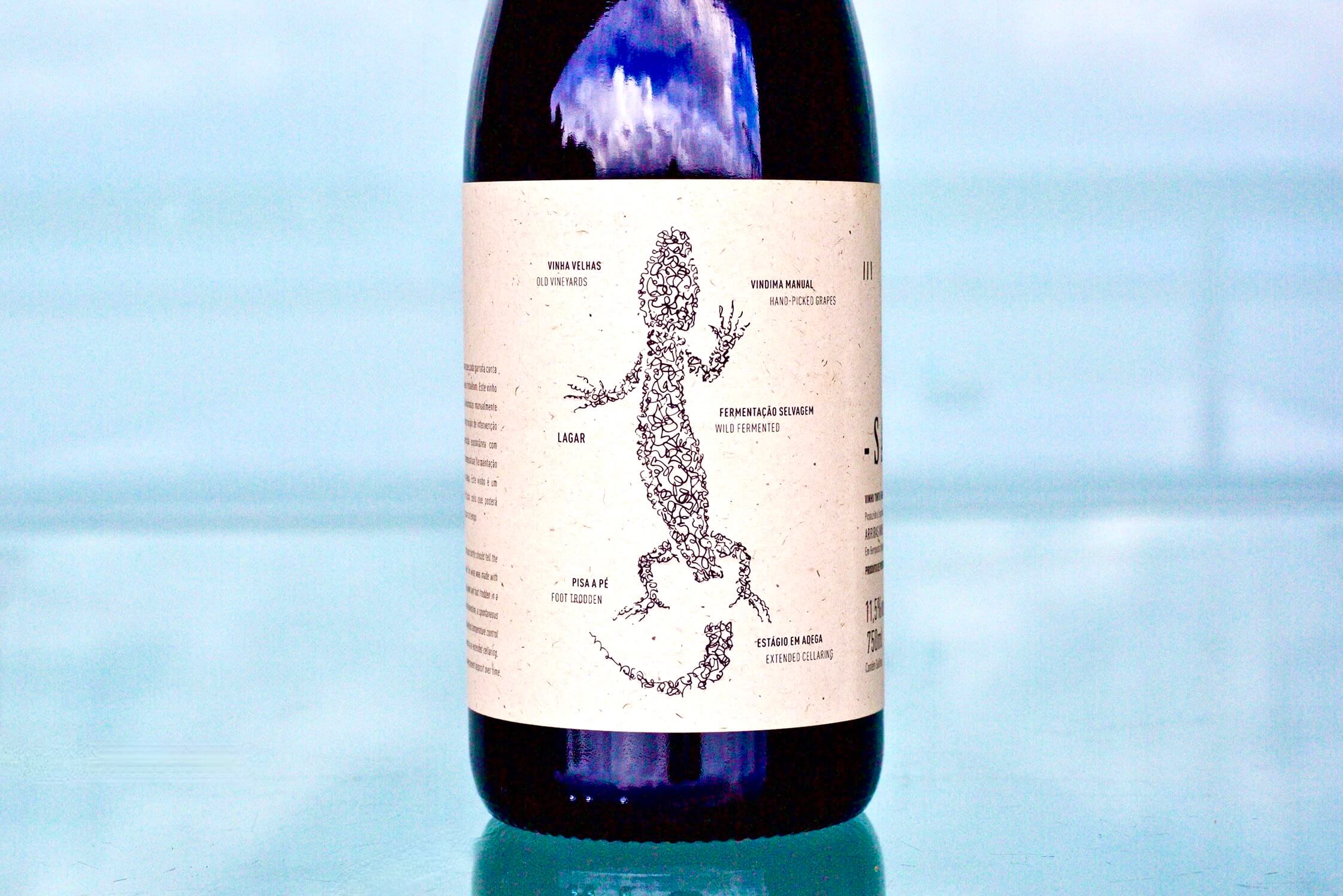
Sticking with Portugal but digging into red cherries, the Arribas Wine Company Saroto Branco, an orange wine, has stolen some of the momentum of their 2021 Saroto Tinto, a wine that was flying out of our inventory before the bigger production of their orange wine stepped into the limelight. We took a bottle of the 2021 Saroto Tinto out in San Francisco and it was shining all day, like a baby Côte-Rôtie without the excessive sun, the newer oak, and the extraordinarily high pricing. The pricing here is also extraordinary, but it’s on the other side of the spectrum. It’s a steal for a wine crafted from old-vine, ancient cultivars almost lost to history but revived by a couple of brave young Portuguese winegrowers who adopted the region and are nursing it back to health. We have a good amount stocked, but I consider it a cherry because it’s hard to match it on authenticity, price and craft. Indeed, I understand a narrative of 40 different red and white grapes inside a red wine from a place no one has ever heard of is not easy. But this wine drinks gorgeously and will present an opportunity to learn and teach something new about the rising tide of Portuguese wines.
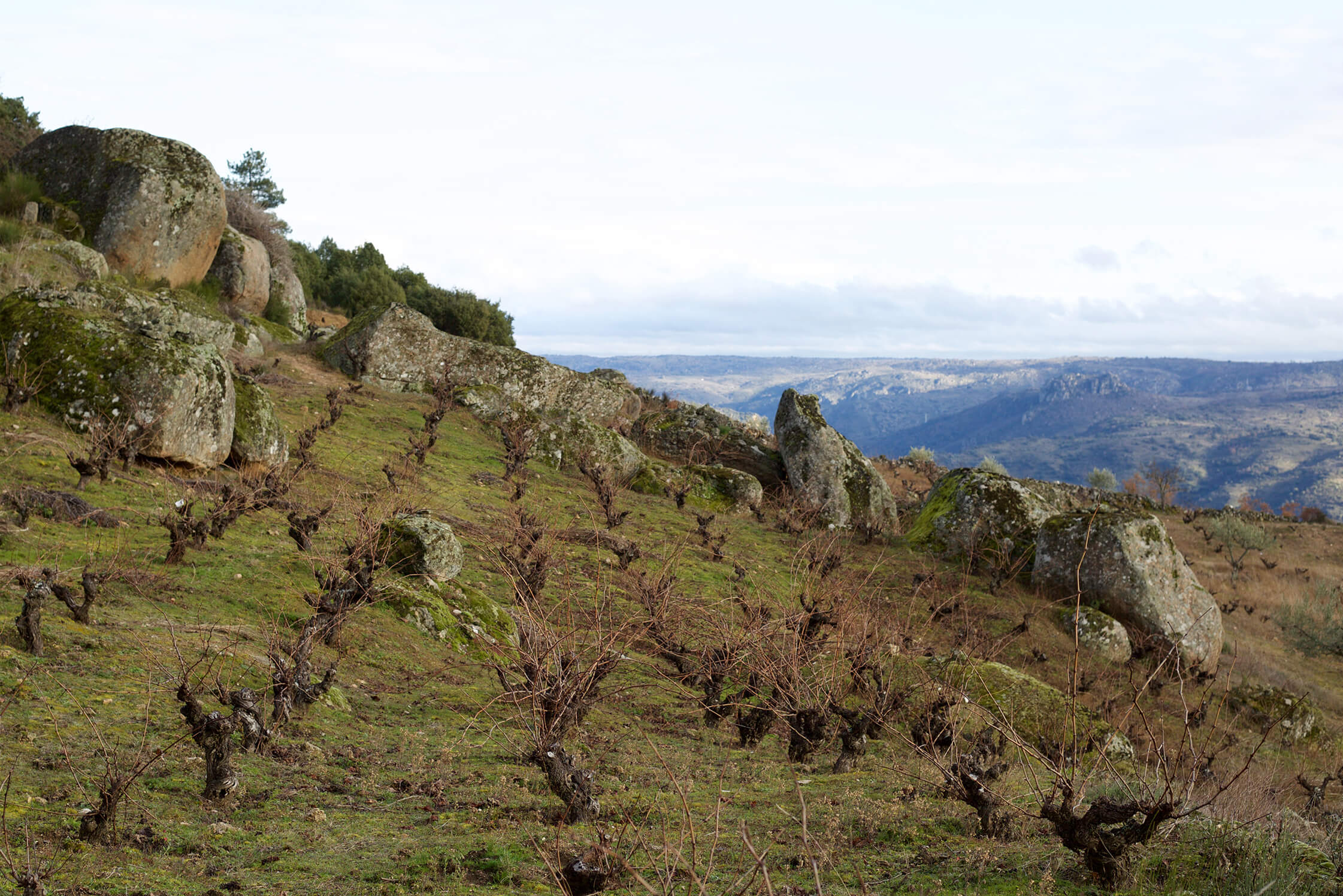
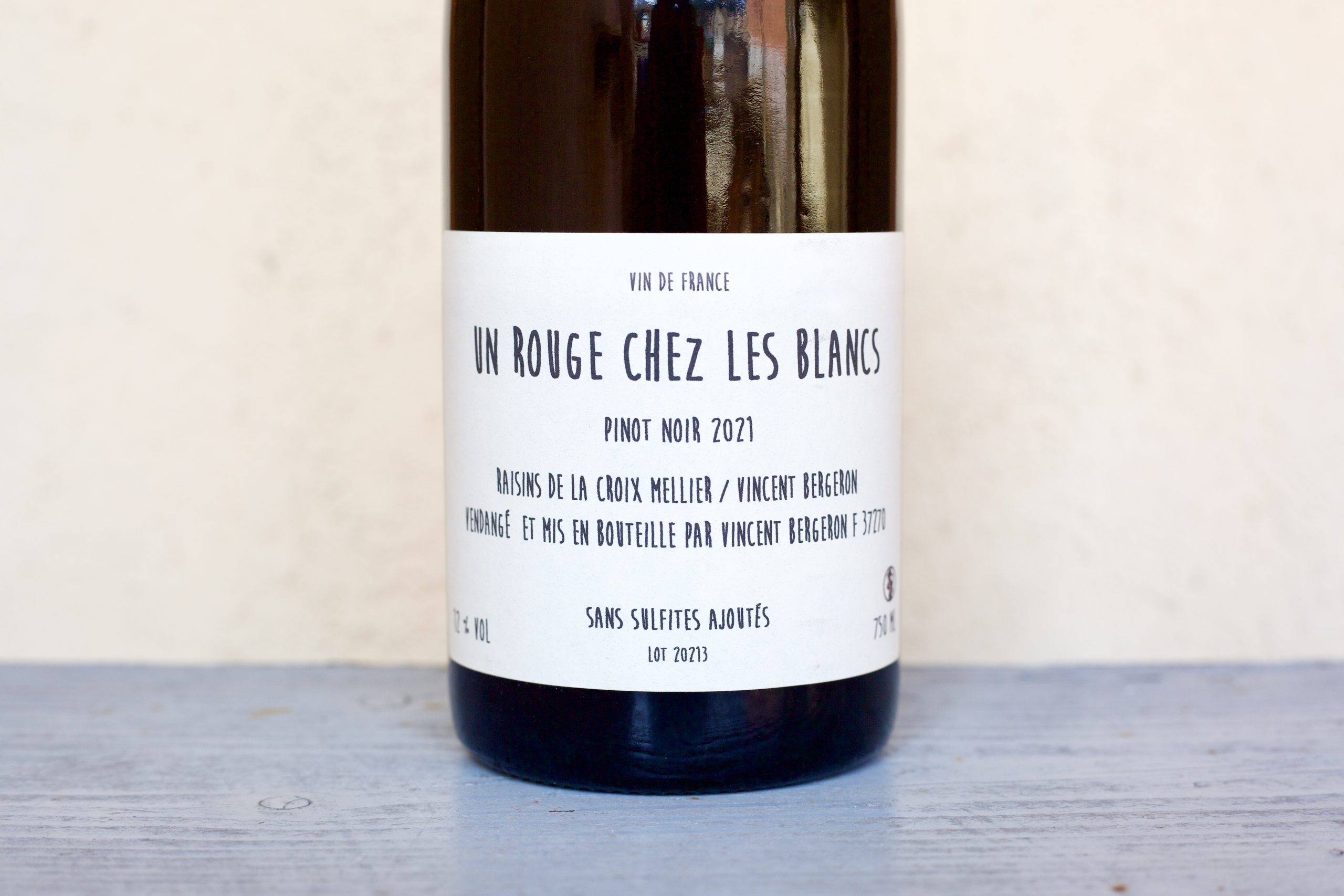
As good as any elegant red in our portfolio, I’m in love with Vincent Bergeron’s no-added-sulfites Pinot Noir, “Un Rouge Chez les Blancs.” Today it tastes like my first tasting out of barrel: perfect. When it arrived our staff said that it was a little shut down. This didn’t surprise me. It has no added sulfites and after its long journey needed more time to resettle. Now it’s glorious purity. It has the nose of a Loire Valley Pinot Noir or Irancy but a gentler palate like a Côte d’Or Pinot Noir, minus the new wood. It’s an outstanding wine and will deliver for those who miss pre-2003 classic red Burgundy with a softer structure. I’d love to see what this humble winegrower could do with some Côte d’Or fruit. Vincent would be a global phenomenon if he were making wine on the Golden Slope!
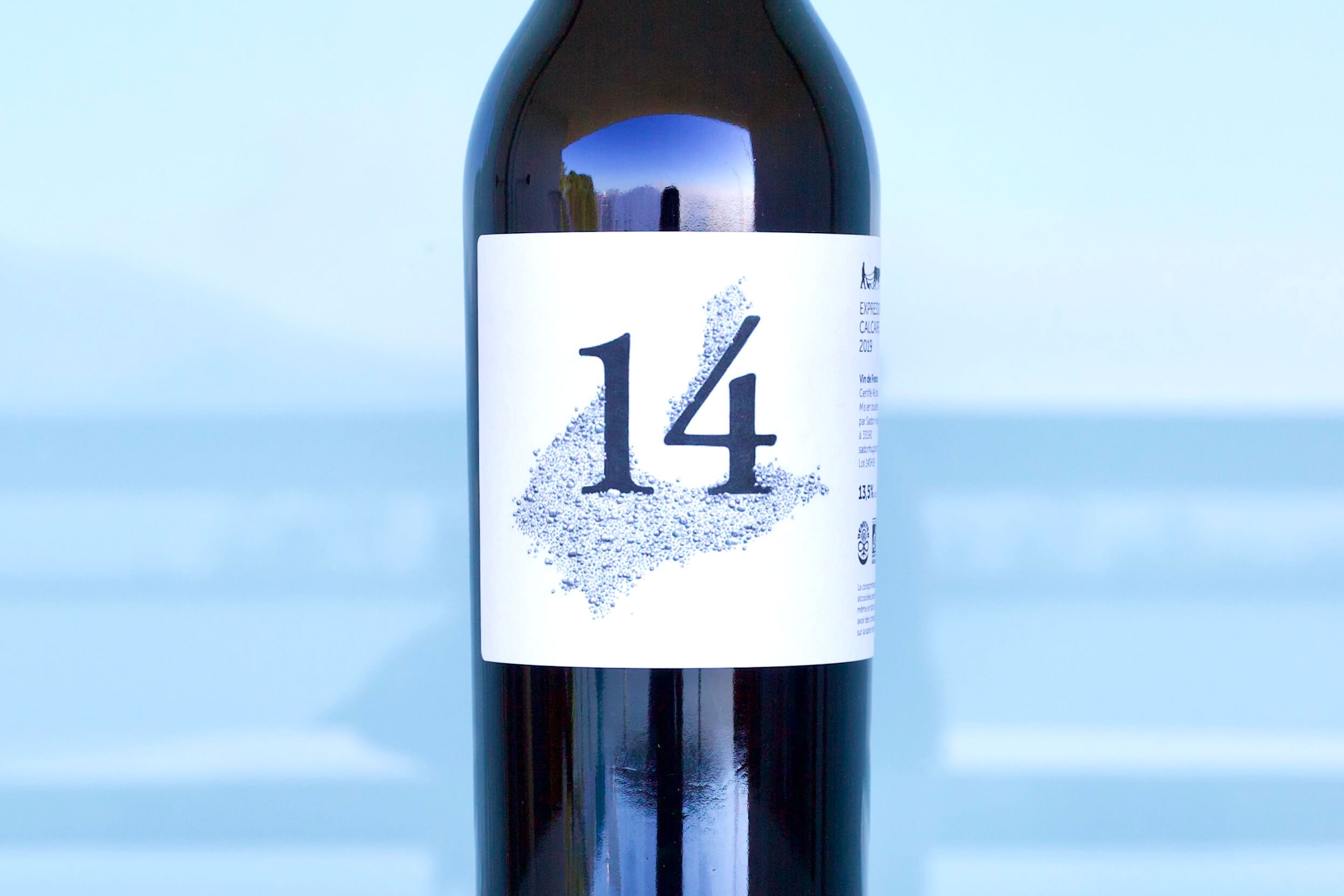
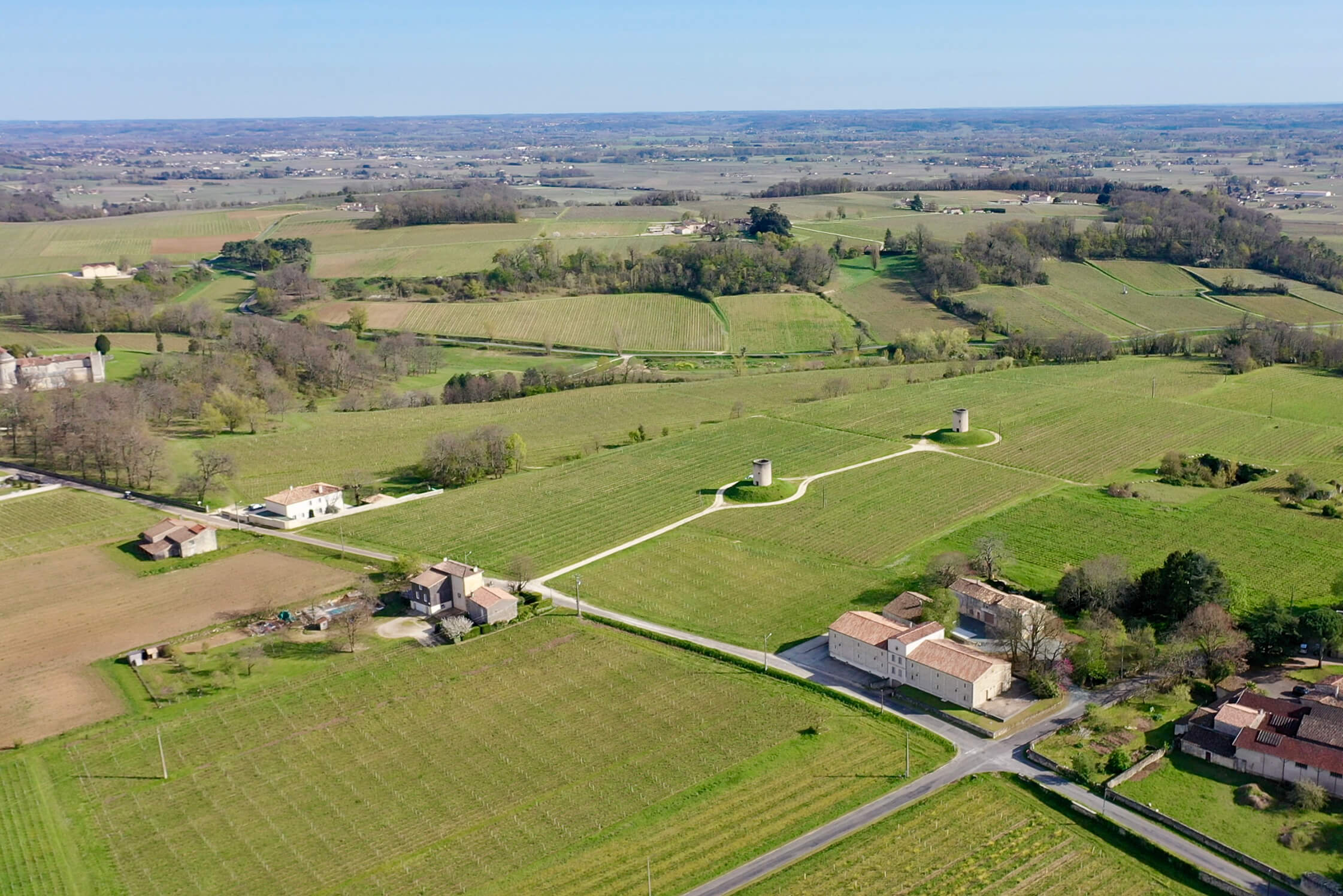
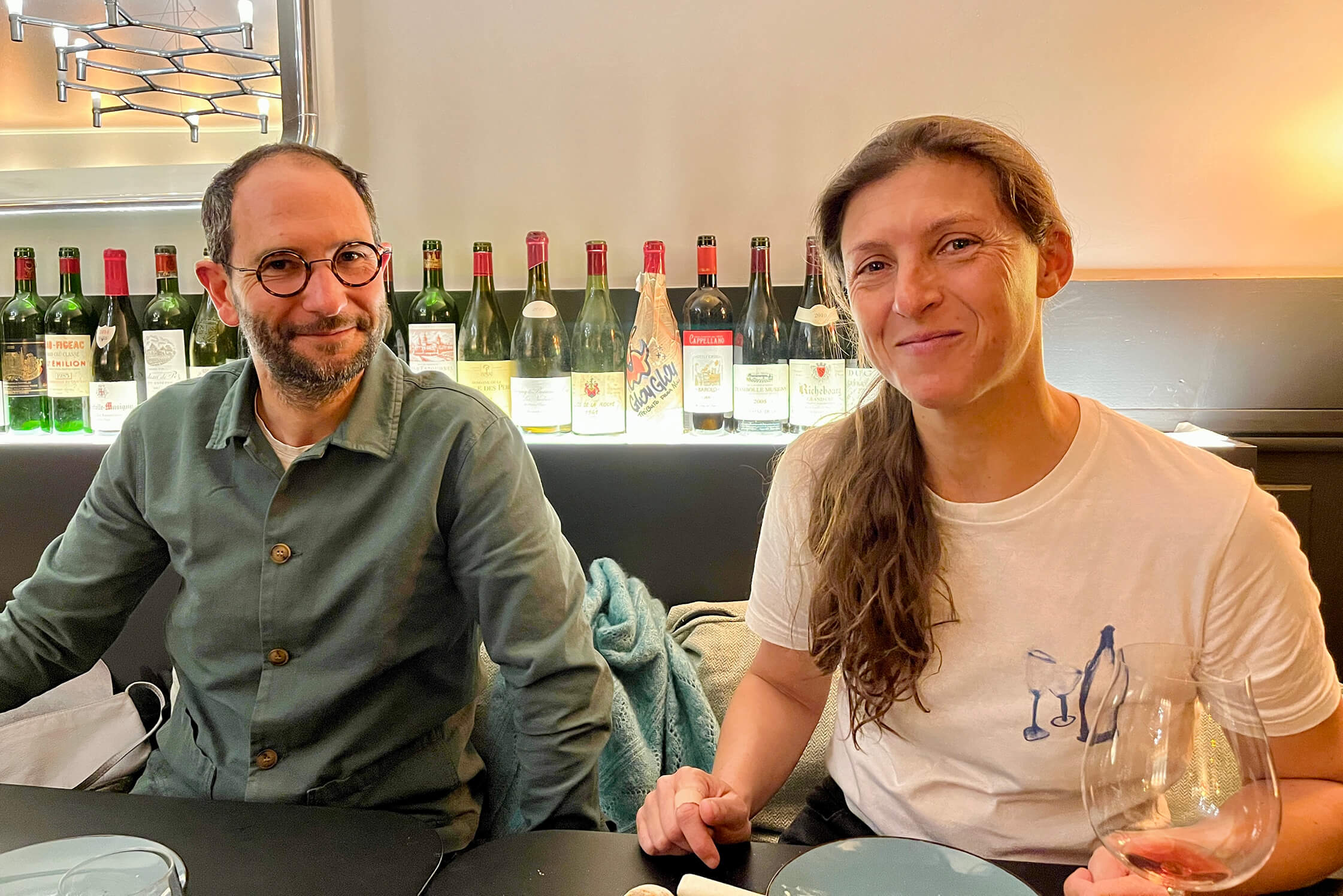
Over a couple of days in San Francisco, we took out the Demeter and organic certified 2019 & 2020 Sadon Huguet 14 “Expression Calcaire,” a Saint-Emilion Merlot and Cabernet Franc classified as “Vin de France” from an organic and biodynamic certified vineyard. Its makers, Bénédicte and Mathieu, are consulting enologists in Bordeaux (with Bénédicte most notably the former enologist for Margaux’s Rauzan-Ségla and Saint-Emilion’s Château Canon) that today specialize in organic and biodynamic farming. Sadon Huguet is their tiny “zero-zero” personal project (8-10 barrels per year), made without any additives. Both wines showed wonderfully and were full of flavor, everything we’ve been missing from Bordeaux’s over-crafted winemaking history. The 2019 is the most open-knit between the two, and the 2020 is a little more tied together with perhaps greater structure and closer to a classic Bordeaux, despite checking all the boxes of a natural wine. These are Bordeaux to get behind as they’re in a beautiful place now.
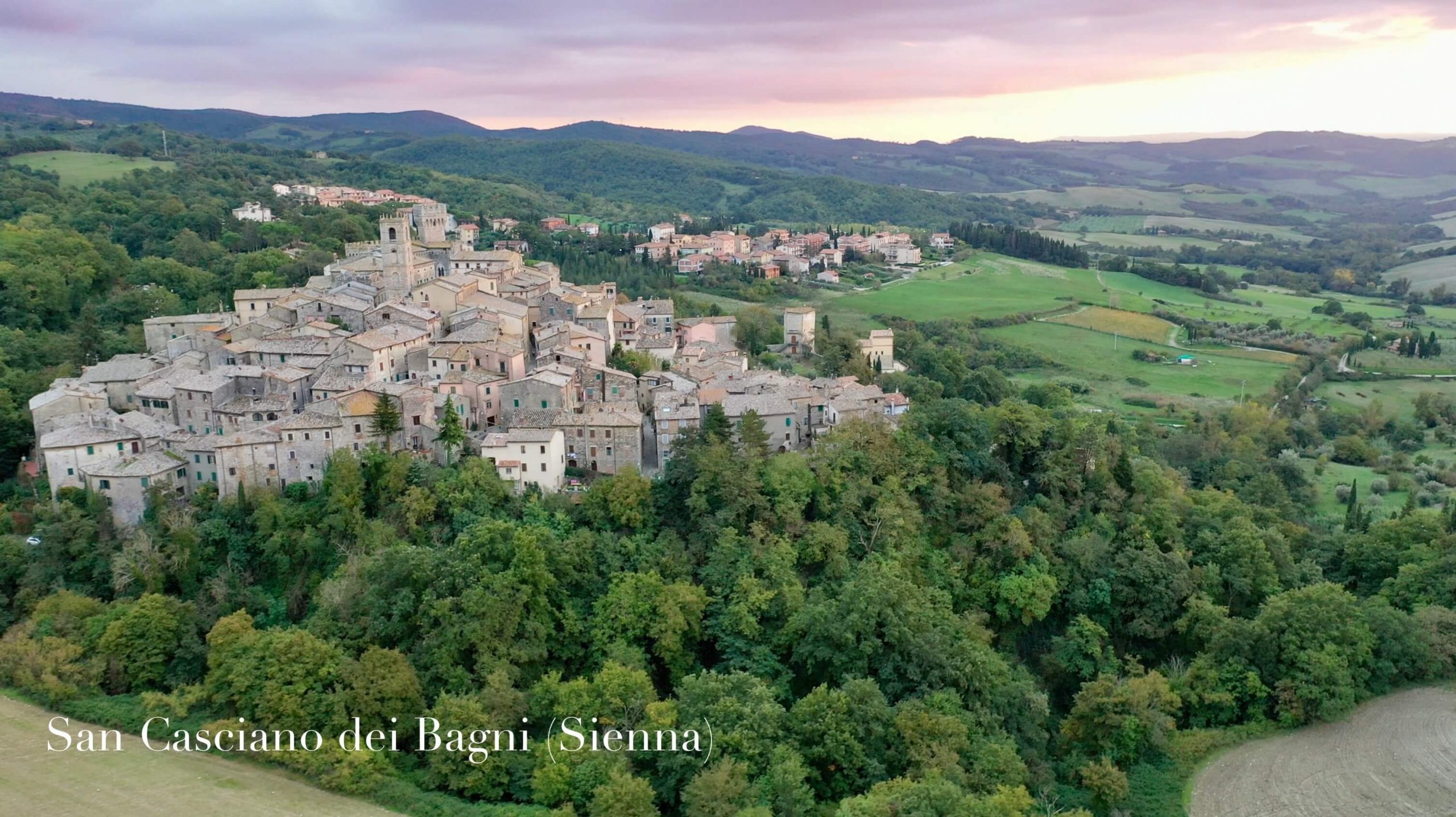
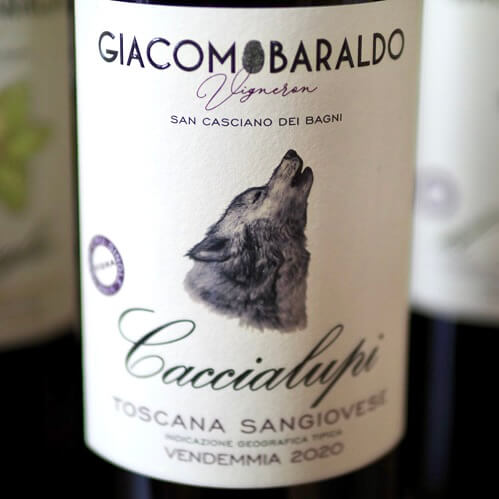
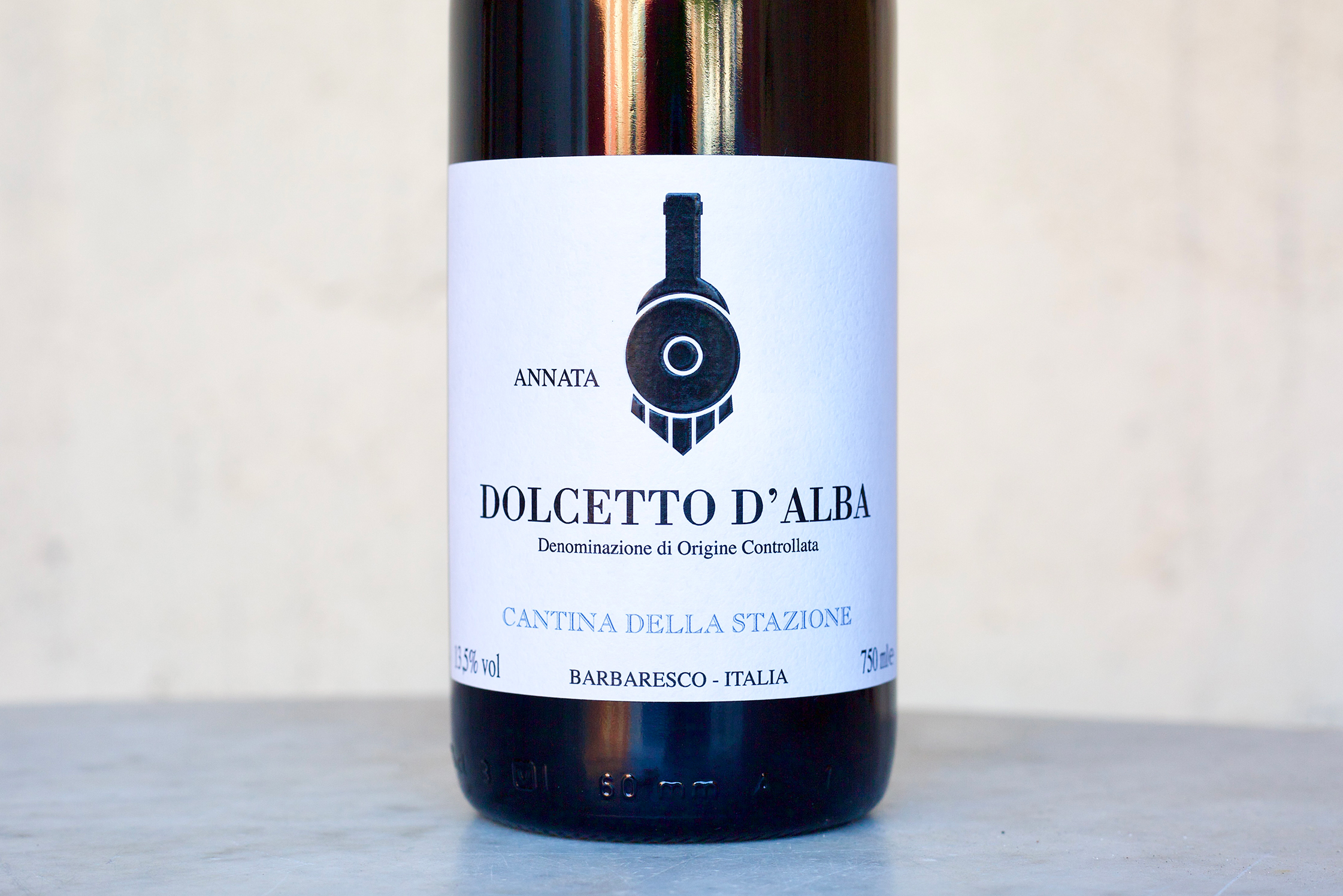
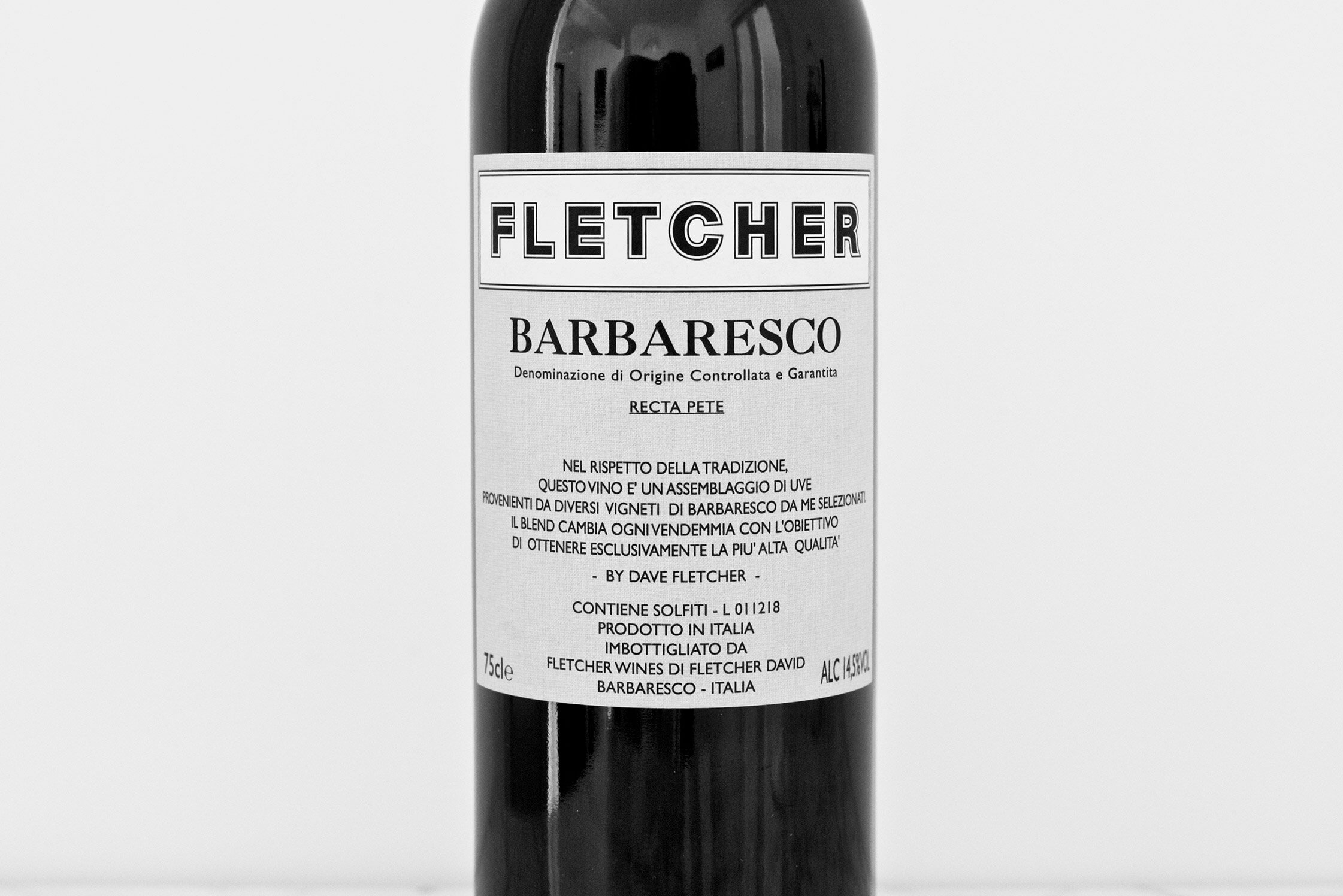
The trajectory of Dave Fletcher is in a steep incline. His Barbaresco crus are beginning to be traded in Italy’s secondary market at much higher prices than normal, and it’s understandable why: they’re fabulous. Despite being an Aussie making full-flavored, gorgeously crafted Nebbiolos, his are as Piemontese as any Piemontese out there. However, while Dave’s 2022 Dolcetto d’Alba and partial carbonic 2022 Barbera d’Alba are exceptional gateways into Italian wine culture, they are a little more fun than these often stoically framed, serious Italian classics. The combination of Dave’s desire to have as much pleasure in his wines as intellect, and the solar power of 2022, brings these two to a more rounded, generous personality than the typically sharper angles and stern structure of these two grapes. Given the pedigree of its vineyards, the 2021 Barbaresco “Recta Pete” is also stunning. Already touted as one of the greats, there’s a lot of buzz surrounding this vintage. And it’s easy to imagine the hype when faced with a taste of this wine harvested from the great crus, Roncaglie and Starderi, and a touch of the lesser-known, Ronche. We took it out in Los Angeles with the Dolcetto and Barbera, and three spots asked to pour it in their by-the-glass programs. It’s an unshakable Nebbiolo with tremendous energy and wow factor at a reasonable price.
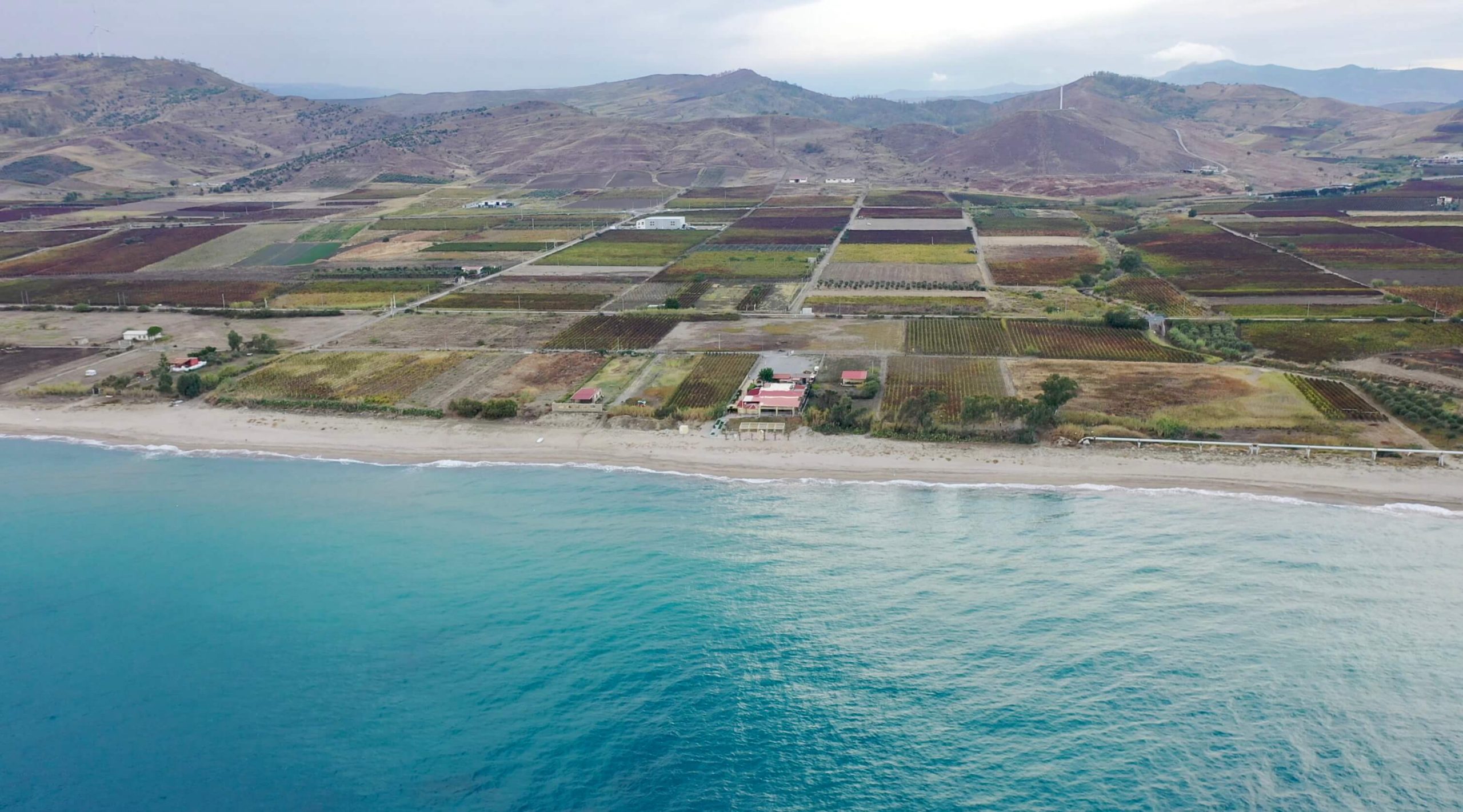
With a portfolio full of wines I adore, Sergio Arcuri’s 2016 Ciró Riserva “Più Vite” has everything I want in a classically styled wine: authenticity, emotion, tradition, intention-filled and thoughtful craftsmanship, and a soft touch. Sergio puts these old-vine Gaglioppo grapes grown on calcareous clay next to the Ionian Sea through a couple of weeks of submerged-cap fermentation without any extraction movements before separating the free-run wine for Più Vite, while leaving the press wine for another bottling that’s only sold locally. Most who taste it for the first time are sure it’s raised in old botti when in reality, it’s refined exclusively in concrete for four years before another two in bottle before release—in a blind tasting, most also mistake it for a very old-school (though clean) style of Barolo or Barbaresco. 2016 is a perfect vintage to reinforce this ancient variety’s delicate nose of effusive sunbaked strawberry, rhubarb and orange peel fruit notes and soft, sun-scorched but living roses, licorice and tar, with bright acidity, balanced by tight tannins, and a light, crimson red and orange color; yes, so much like what we read of the great Barbaresco or Barolo wines made half a century ago, and with a deft touch. Over the last few years, I had Sergio ship cases of this wine to my home in Portugal, and now I have a few safely cellared to feel its magic every year in the coming decades. I’ve already shared at home a few bottles with some of the most talented growers we work with, and all finish their last taste in awe of the majestic purity of this unknown and nearly forgotten Calabrian wine. What’s more, Gaglioppo is a genetic sibling to two of Italy’s most compelling and talented grapes, Nerello Mascalese and Sangiovese, and also the charming Sicilian variety, Frappato. We still have a few cases and any Italian wine lover would be remiss to miss this one; it’s an experience-wine. As a side note, Sergio’s 2018 Più Vite arrives at the end of this year.


